Here is the link to my photobook
For this project, my main theme was freedoms and limitations and more specifically in relation to the unconscious mind. In this respect, I tried to convey the unconscious mind via surrealist techniques.
Here is the link to my photobook
For this project, my main theme was freedoms and limitations and more specifically in relation to the unconscious mind. In this respect, I tried to convey the unconscious mind via surrealist techniques.
‘Exam’/ Controlled Conditions – 4,6 & 12th May.
Initial Idea –
For this project I aim to explore the exam title ‘Limitations’ and ‘Freedoms’. Upon my initial research, the term ‘Limitations’ has primarily negative connotations of being forced, or held against ones will (physically/ emotionally). In order to explore this title, I am going to focus on the unconscious mind and the limitations this poses to how we understand, present and define ourselves. For this project I am also aiming to cover some areas in relation to the exam title ‘Freedoms’ in order to create a juxtaposition in my photographic narrative, showing the possible positives and negatives of the unconscious mind.
Definition of Freedom –
noun: freedom
Etymology of Freedom –
You’ll notice the word free in freedom. Free comes from the German frei, meaning, “to love.” The word friend shares this origin. You can think of freedom as the condition in which you have the choice to love any friend you wish.
The Latin libertas and Greek eleutheria both indicated a condition of independence, unlike a slave. … Freedom, however, comes from the same root as friend, an Indo-European word that meant “dear” or “beloved.” It meant a connection to other free people by bonds of kinship or affection, also unlike a slave.
Use over time –
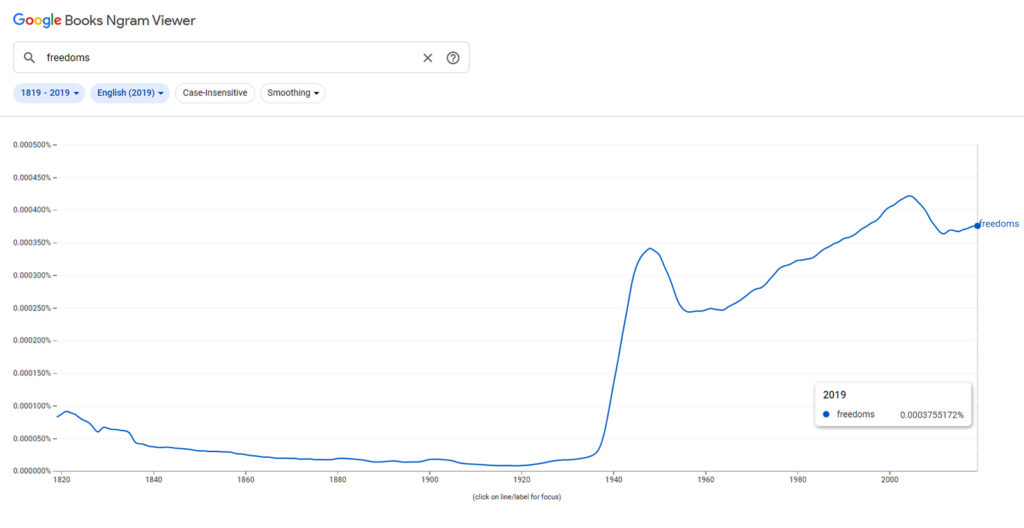
The use of the word ‘Freedoms’ is particularly interesting as there is a very clear increase in the usage of the word during the time of the second World War (1939-45), which is understandable as many people were fighting for their freedoms due to the increase in individualism throughout Europe. Similarly, this is also the time period whereby modernism and post-modernism movements were beginning to grow in popularity and variety.
Definition of Limitations –
noun, plural noun: limitations
Etymology of Limitations –
Late 14c., from Old French limitacion “restriction, legal limitation,” and directly from Latin limitationem (nominative limitatio), noun of action from past-participle stem of limitare “to bound, limit, fix,” from limes “boundary, limit”
Use over time –
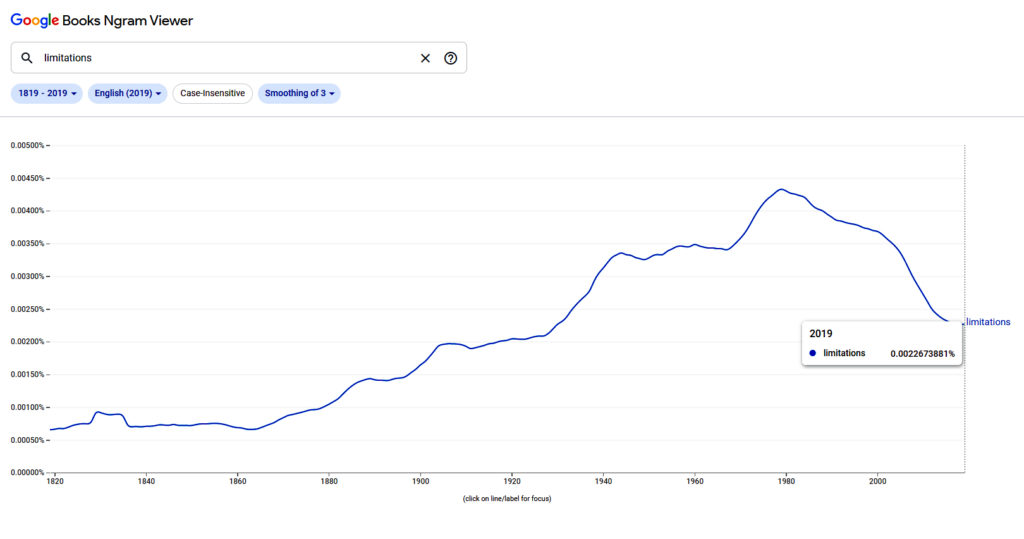
Statement of Intent –
For this project I aim to explore the exam title ‘Limitations’ and ‘Freedoms’. More specifically, I aim on exploring and representing the possible freedoms and limitations of the unconscious mind. In order to do this, I aim going to research and explore movements such as surrealism and postmodernism as I think these will be able to most accurately represent the unconscious mind due to their more conceptual and abstract nature. Possible routes or ideas for this specific theme could relate to an individuals point of view or a more generalised theme such as Lucid Dreaming, however, the overarching theme will remain focused on the motif of the unconscious mind.
In order to explore this idea in relation to artists research and analysis, I am going to compare artists who use similar techniques relevant to my idea, such as Alexey Titarenko and Michael Wesely, who both focus on street/ street landscape photography, commonly using a prolonged exposure in order to create a dark theme of disorientation. By comparing two artists such as these, I will be able to narrow down possible ideas for my photoshoots, by taking common techniques and aspects and compiling them into one photoshoot inspired by both artists.
In terms of aesthetic and themes, my key idea is to use my images and photoshoots to create a clear aesthetic that is represented throughout my project. As a more specific aesthetic, I will most likely be exploring the gothic aesthetic in relation to both ‘Freedoms’ and ‘Limitations’ as this will allow the contrasting ideas to subtly link, therefore allowing my overall narrative to be smooth and clear.
The medium in which I aim to present my project is a photobook, this will allow me to control and create a clear structure to my images, forming a narrative which can be interpreted by each individual viewer. Similarly, a photobook will allow me to create clear and repetitive juxtapositions between the titles ‘Freedoms’ and ‘Limitations’. As well of this, I may print off some individual images for display and mounting alongside my photobook.
Plan –
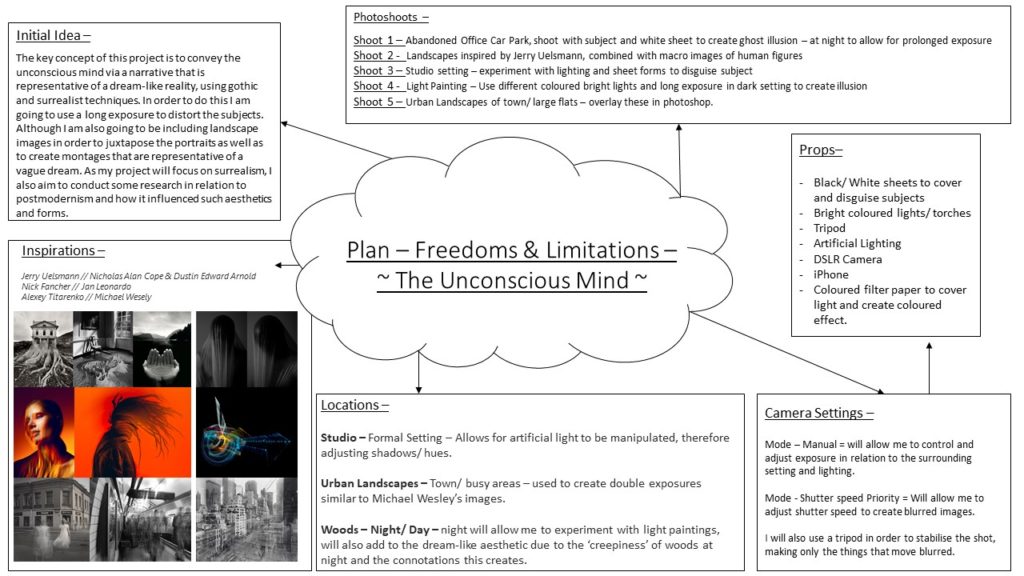
Artists –
Jerry Uelsmann // Nicholas Alan Cope & Dustin Edward Arnold

Nick Fancher // Jan Leonardo

Alexey Titarenko // Michael Wesely

Art forms and Movements
Contemporary Art – A reference to Contemporary Art meaning “the art of today,” more broadly includes artwork produced during the late 20th and early 21st centuries. It generally defines art produced after the Modern Art movement to the present day. This genre of art does have its own approach or style that distinguishes it from others.
Surrealism – 20th-century avant-garde movement in art and literature which sought to release the creative potential of the unconscious mind, for example by the irrational juxtaposition of images. Therefore, as surrealism takes a key focus into and on the unconscious mind, this will be my main style used for my project.
Post-modernist Art – Unlike contemporary art, post-modernist pieces are often a lot harder to categorise as this form of art/ photography doesn’t have any cleat aspects and is more based on individuality and freedom of expression. Postmodernism as a movement takes a key focus on rebelling against stereotypes of conventions that are seen as dominant throughout society.
Focus Points –
.Lucid Dreaming // Negative Space // POV.
Starting Ideas/ Inspiration –
In order to gain a generalised inspiration and idea on the aesthetic of photos I want to produce for this project, I created a Pinterest-Board with multiple possible ideas I could explore for my photo-shoots. As seen below, may of these images convey aspects that are common within surrealist art and photography, which can also be further analysed via the postmodernist movement across the arts. As the primary focus of my project is the unconscious mind, I am going to take a key focus on portraiture, however use surrealist features in order to distort the image and almost disorientate the viewer, imitating the idea of an ‘unconscious mind’ being almost unattainable to interpret by our conscious selves.
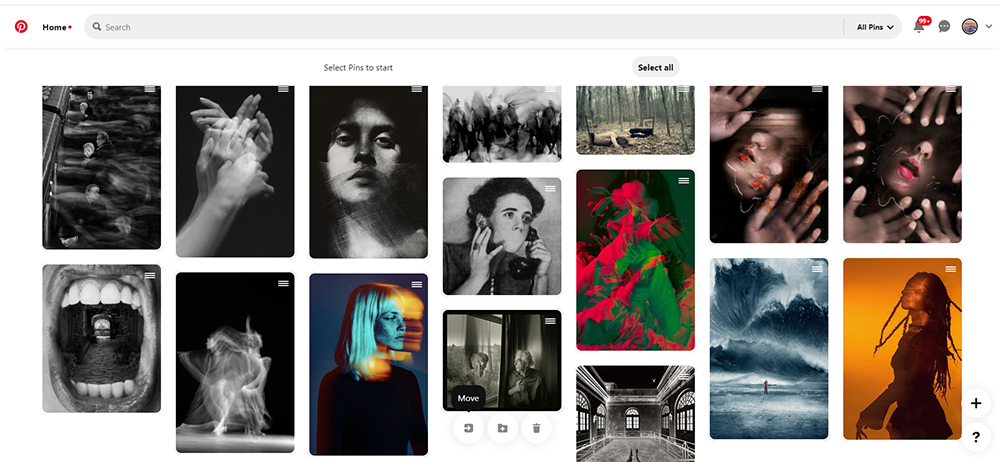
Context/ History/ Understanding –
The Unconscious Mind –
The unconscious mind is a reservoir of feelings, thoughts, urges, and memories that are outside of our conscious awareness. The unconscious contains contents that are unacceptable or unpleasant, such as feelings of pain, anxiety, or conflict.
Google definition of ‘the unconscious mind’.
Unlike our conscious mind, which is often driven by fact, the unconscious mind is often driven by repressed emotions, feelings and past experiences. A Neurologist named Freud divided the human consciousness into three levels of awareness: the conscious, preconscious, and unconscious. The unconscious mind is still viewed by many psychological scientists as the shadow of a “real” conscious mind, in other words it is representative of our whole and true emotions.
History –
Unconscious aspects of mentality were referred to between 2,500 and 600 BC in the Hindu texts known as the Vedas, found today in Ayurvedic medicine. Although today’s ideas and understanding of the unconscious mind are far more advanced and scientific, it has been part of societal thought for many years.
Artist relation –
This can be linked to my artist Nicholas Alan Cope and Dustin Edward Arnold as ‘Vedas’ was the name of their specific project I research, making very clear relations to the unconscious mind, individuality and mentality relating to self-expression.
Photoshoots –
Key –
1 star = Red
2 star = Yellow
3 star = Blue
4 star = Purple
5 star = Green
Photoshoot 1 –

This photoshoot was taken before my main idea of focussing on the unconscious mind was formed, however, though I think it is key to show as it represents the development of my ideas. Although this previous idea, relating human form to landscapes, can be viewed as a similar topic, these images can also be used in relation to a response by Jerry Ueslmann.
Photoshoot 2 –

Similarly, this photo-shoot was also taken before my idea of the Unconscious mind had formed; here I focused on waste and how it impacts landscapes. However, I do think that this can be related to the unconscious mind as the images convey quite an eerie, abandoned feeling, creating a sense of apprehension among viewers. Similarly, there are no people present in the images, creating the feeling of an alternate reality created by ones unconscious mind.

This photoshoot can be described similarly, and links in with my previous one in terms of aim. However, my ideas furthered as I discovered that I wanted to explore the unconscious mind, I tried to use my landscapes in order to create a surreal, dream-like state. For example, for the images of the sea I used a slow shutter speed, allowing the waves to appear as mist and for the cars to be blurred, with mainly only their lights being captured.
Photoshoot 3 –

For my first photoshoot, I took inspiration mainly from Alexey Titarenko, using a combination of blurred subjects and creepy (abandoned/ desolate/ dark) landscapes and settings. In order to do this, I used my tripod in order to station my camera and a white sheet in order to disguise my subject, the further use of a prolonged exposure also enhanced the effect of the subject being ‘Ghost-like’.
Photoshoot 4 –

This photoshoot was inspired by Jan Leonardo, mainly using different lights and torches with a prolonged exposure in order to create the ‘light-painting’ effect. In photoshop, I plan on combining these images and adjusting the hue and opacity of each layer to create a montage effect but to also create the illusion of there being more lights in the image.
Photoshoot 5 –

This photo-shoot was inspired by Jerry Uelsmann , I focused on many eerie landscapes or ones that may connote deep emotions such as the moon. I also tried to incorporate an element of negative space that could be interpreted as the unconscious mind. With an increased negative space, such as in the images of the moon, a bigger emphasis is place on the subject in the foreground (moon).
Photoshoot 6 –

For this photo-shoot, I was mainly inspired by Nicholas Alan Cope & Dustin Edward Arnold project; ‘vedas’. In order to do this, I experimented with different subject poses and camera settings whilst being disguised by a translucent fabric.
Photoshoot 7 –

For this photoshoot, as I used a studio environment, I focused on Nick Fancher‘s style of photography; with a key focus on subject matter, human form and lighting. In order to get the correct lighting, I had to experiment with different camera settings, firstly using manual which allowed me to control most of the photographic aspects, and then shutter speed priority as that allowed me to balance lighting and exact time the lens was ‘open’/ exposed to light for.
Photoshoot 8 –

Although this photo-shoot wasn’t directly inspired by a particular artist, it could definitely be linked in with the work of Jerry Uelsmann, using a combination of landscape imagery in conjunction with human form, to create a double exposure. I decided to take these ones at St Catherine’s woods in order to explore the difference daylight and night lighting/ moonlight can have on images overall connotations. Similarly, I also tried to further link to the work of Nicholas Alan Cope & Dustin Edward Arnold by placing the black fabric on the fallen tree trunk, and allowing to move independently by the wind.

These are the images I took later on in the day, exploring the same location only with different lighting and mood due to the time of day (and possible connotations this could create in relation to the unconscious mind).
Editing Process –
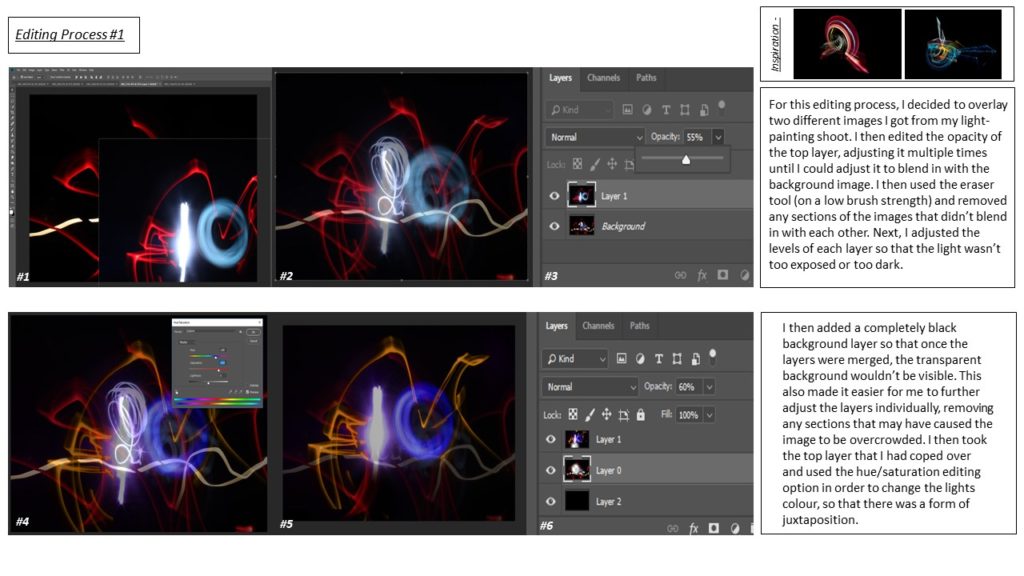
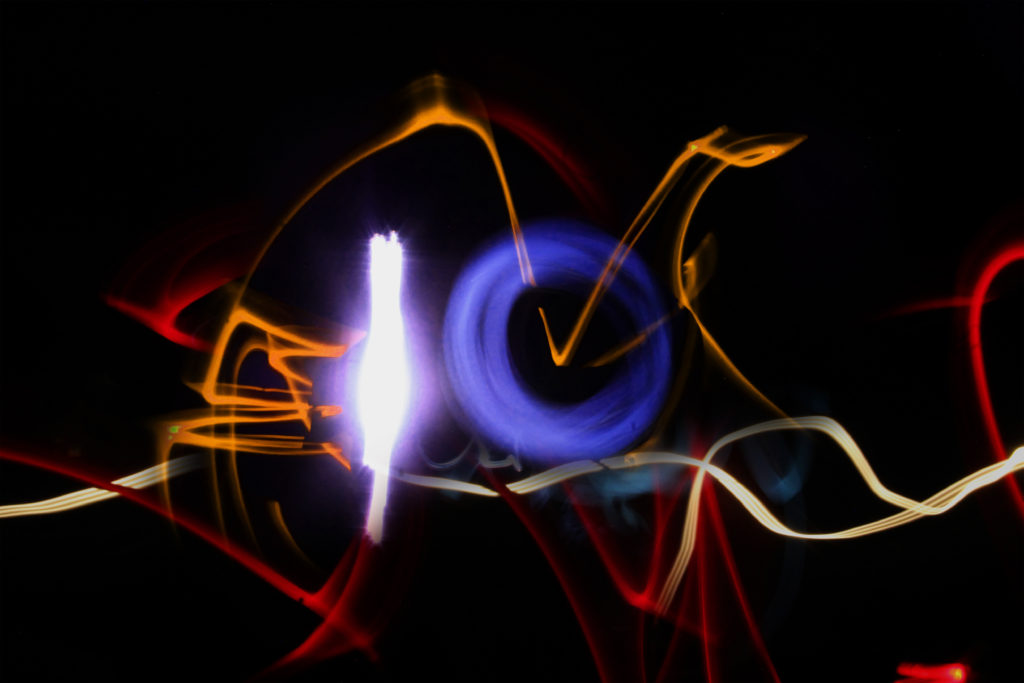
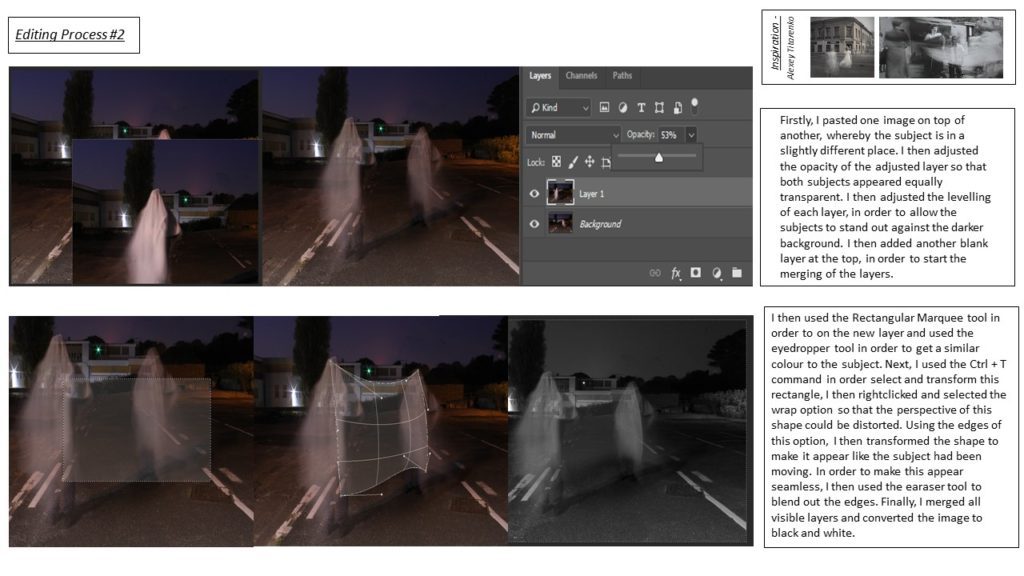
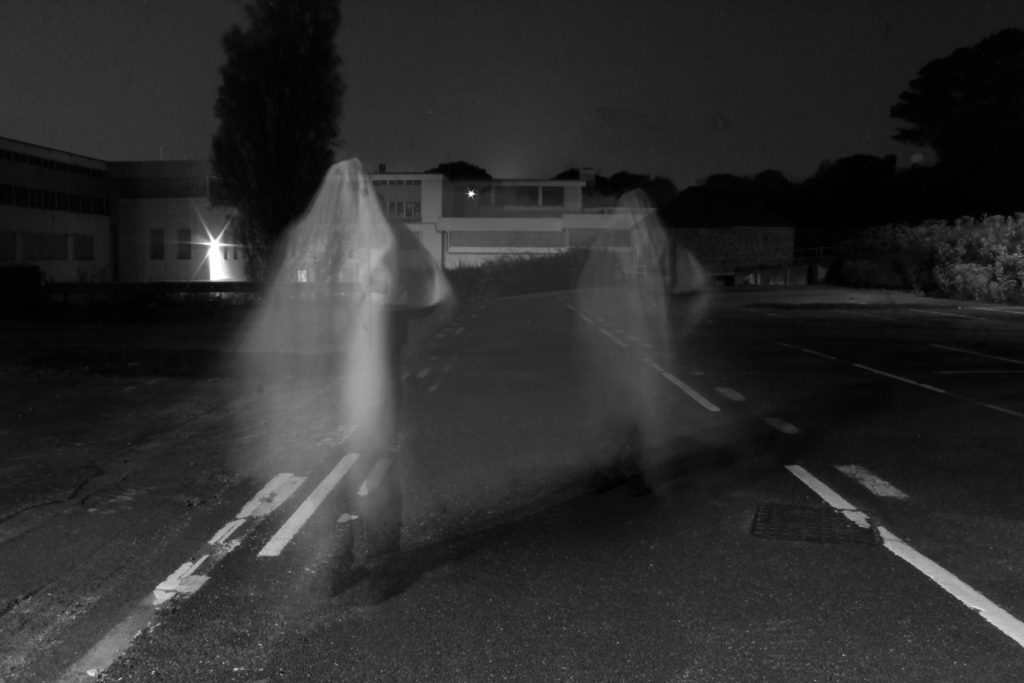
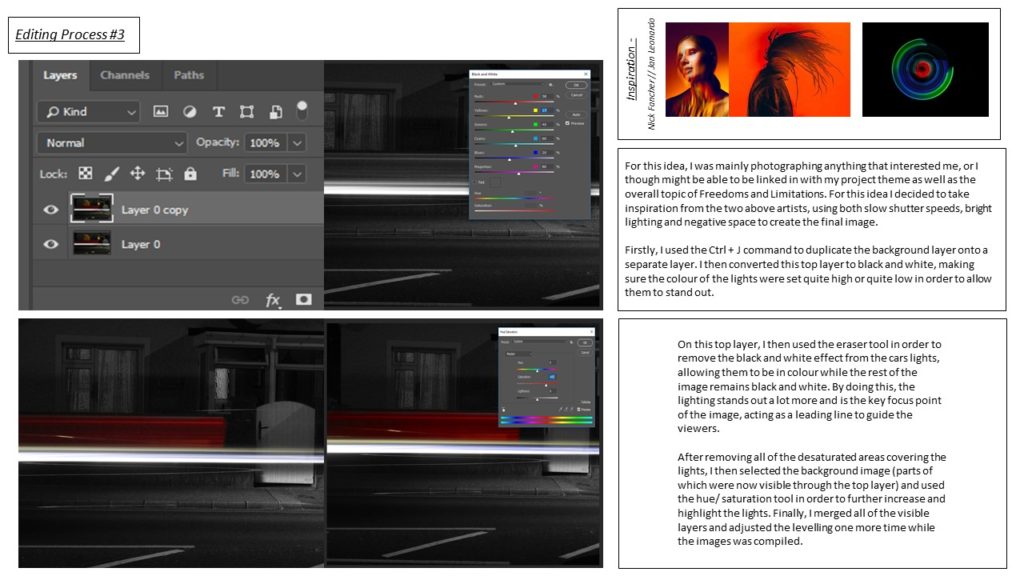
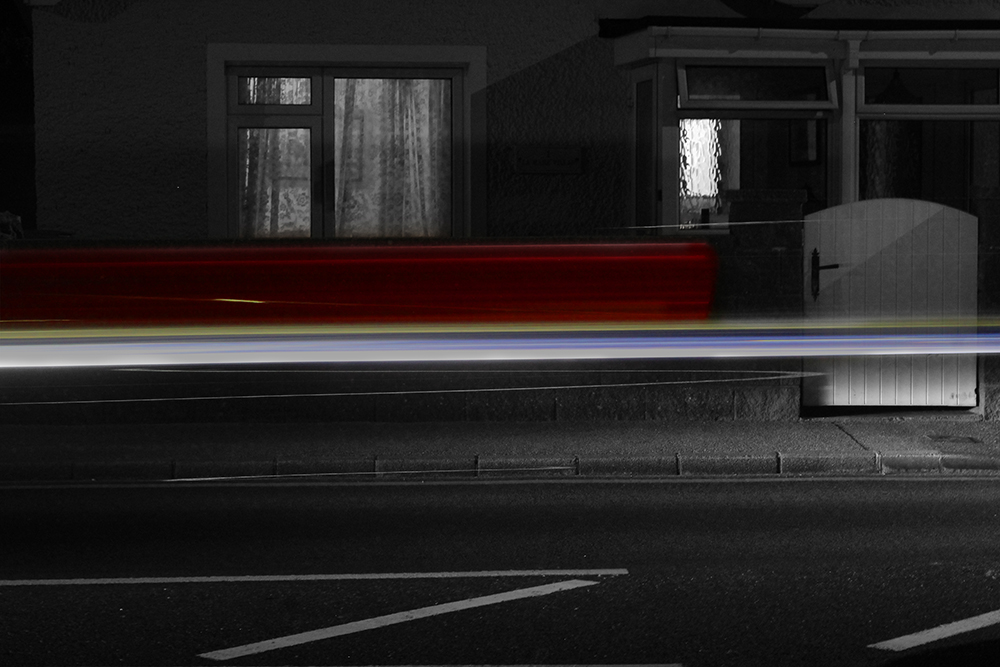
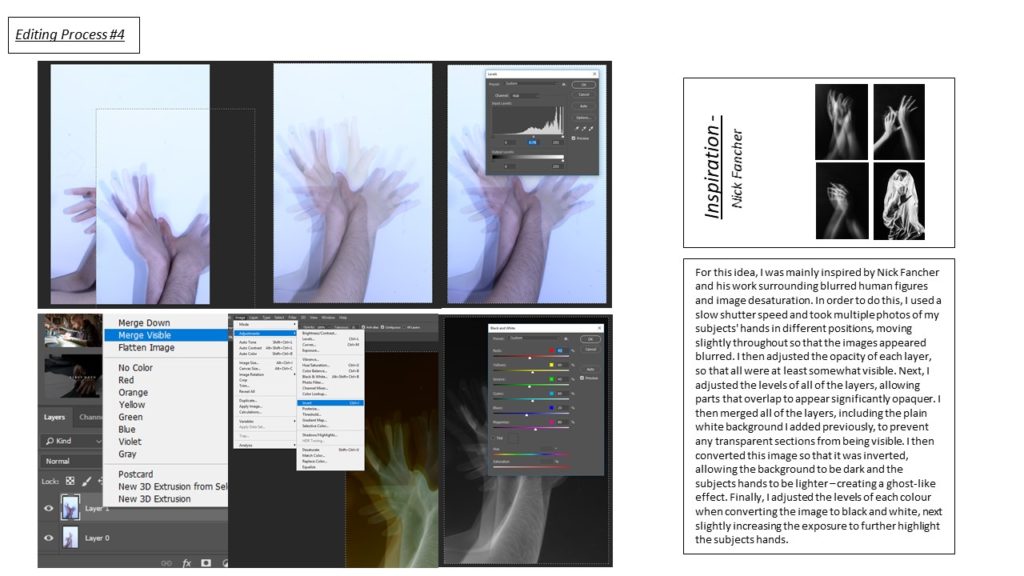
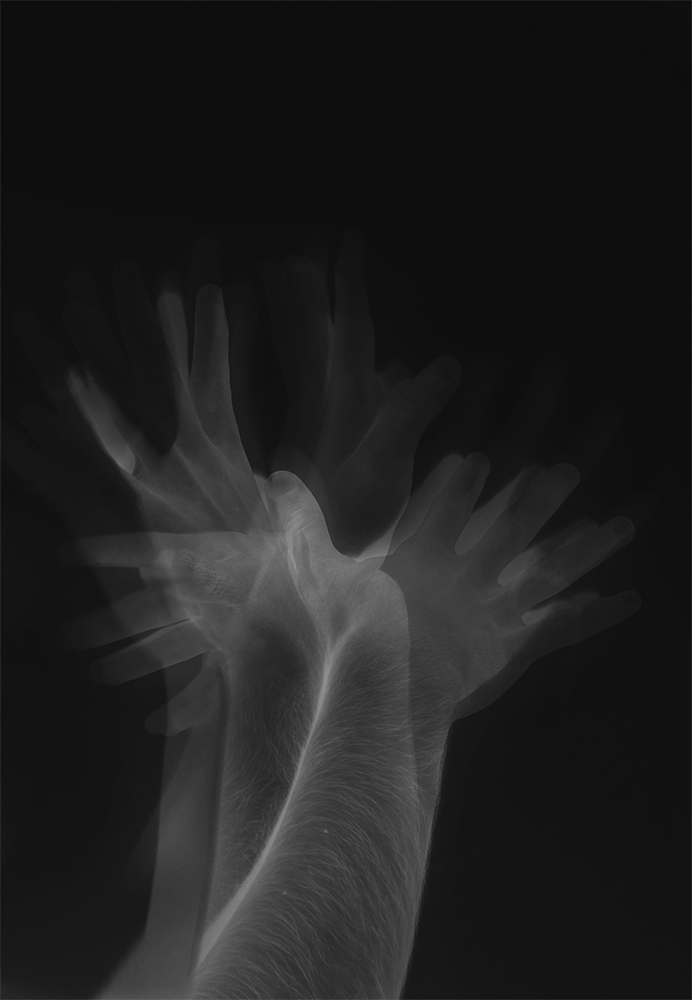
Final Images –
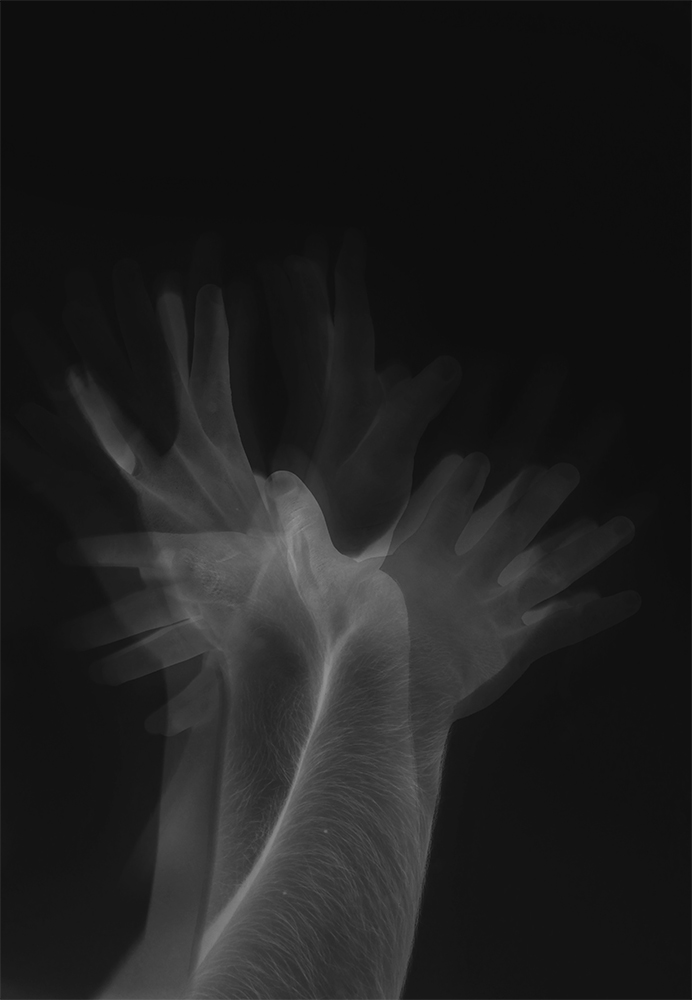
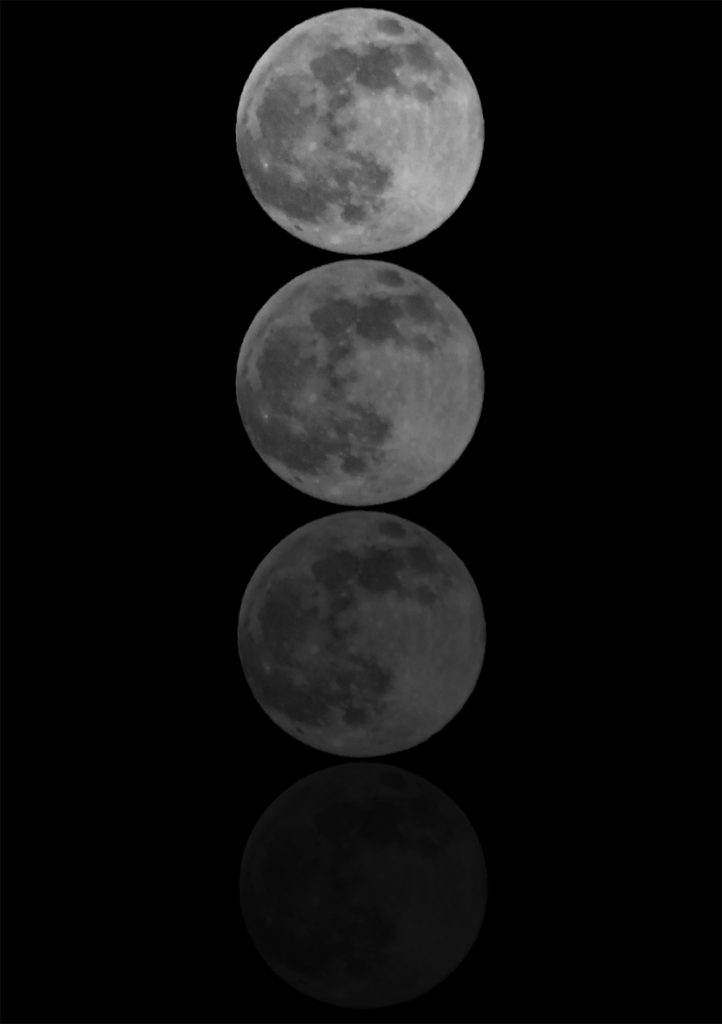
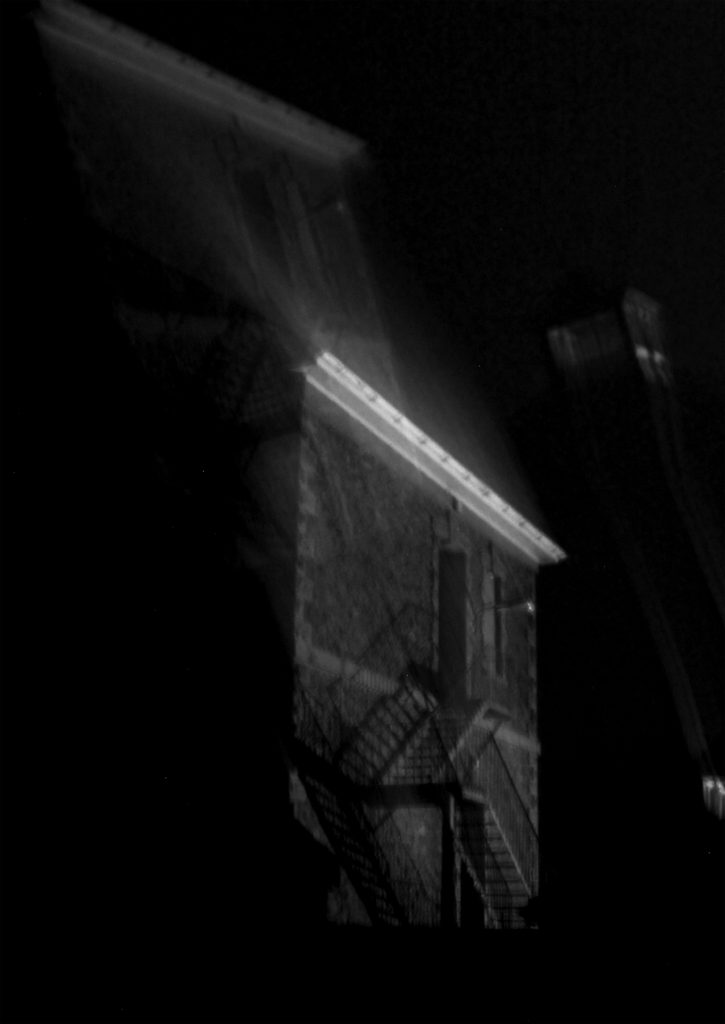


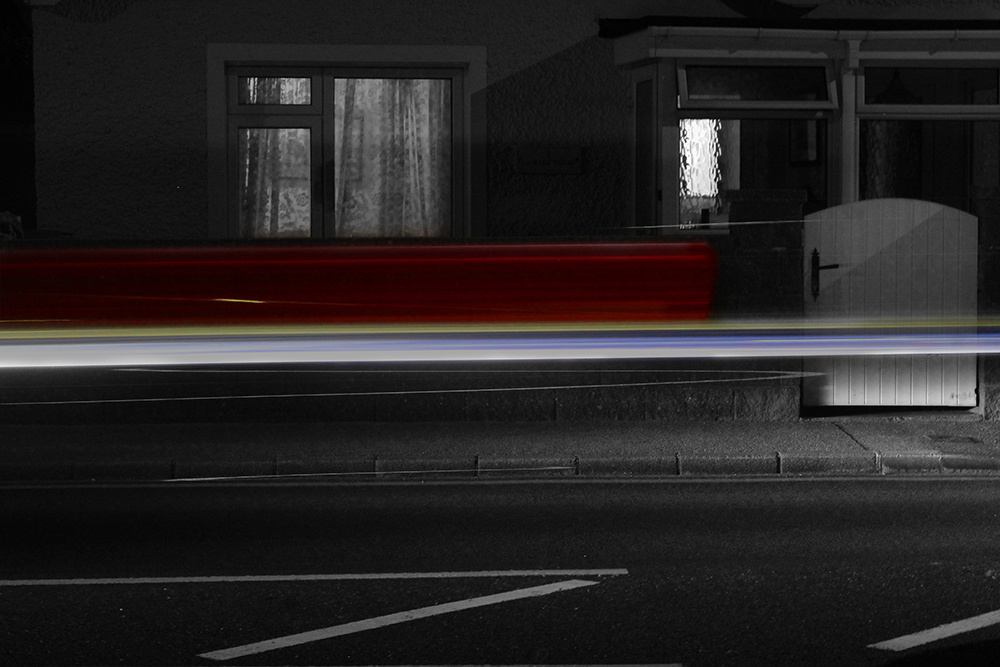
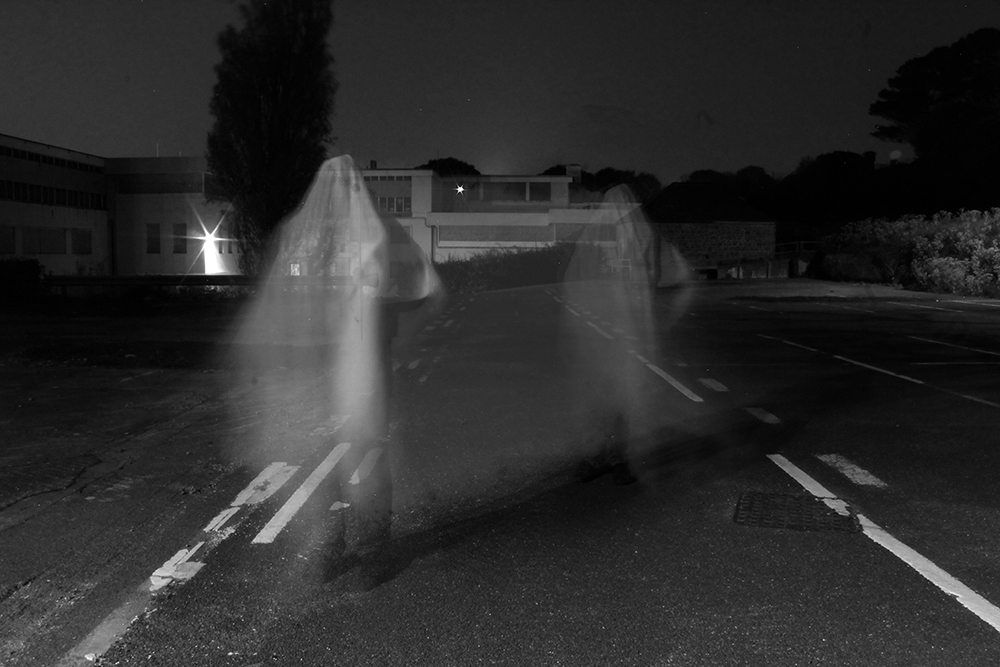
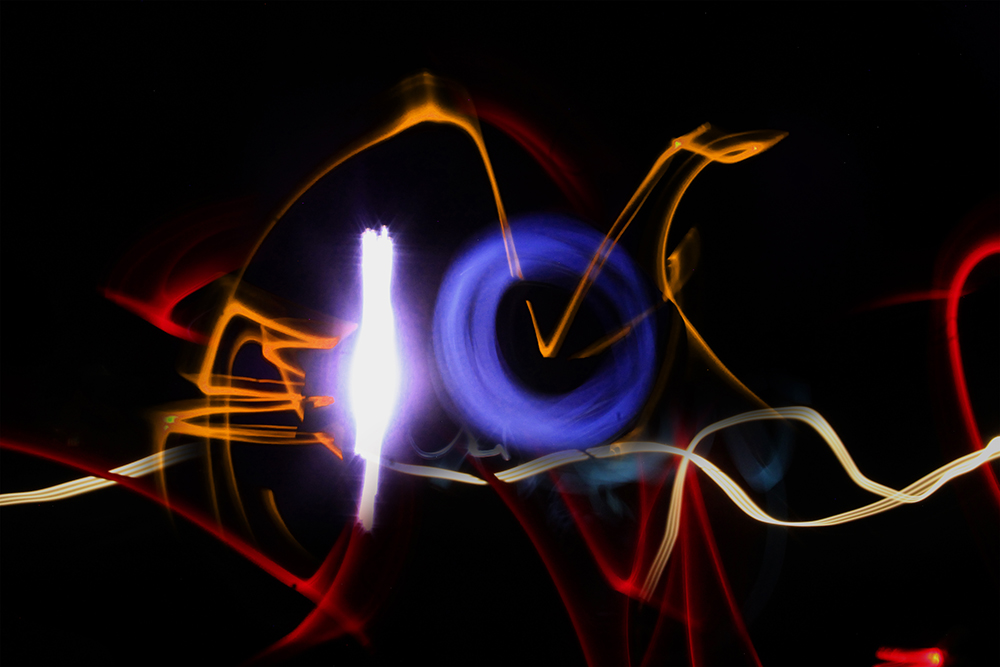
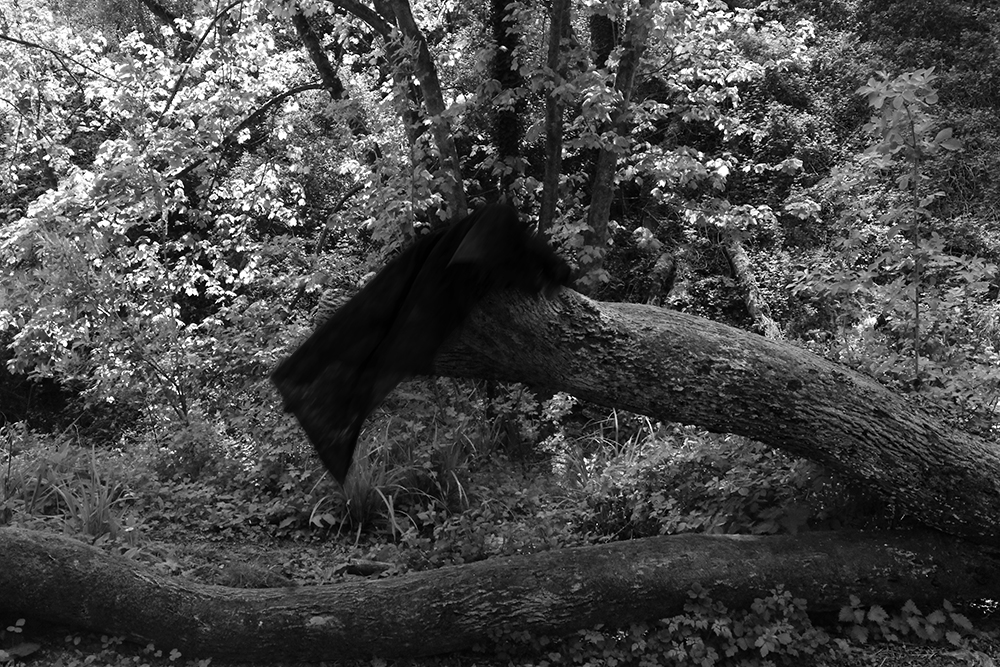

Photobook Research –
(Yasuhiro OGAWA Publisher: Sokyusha)
A stunning, somnolent journey through a monochrome world.
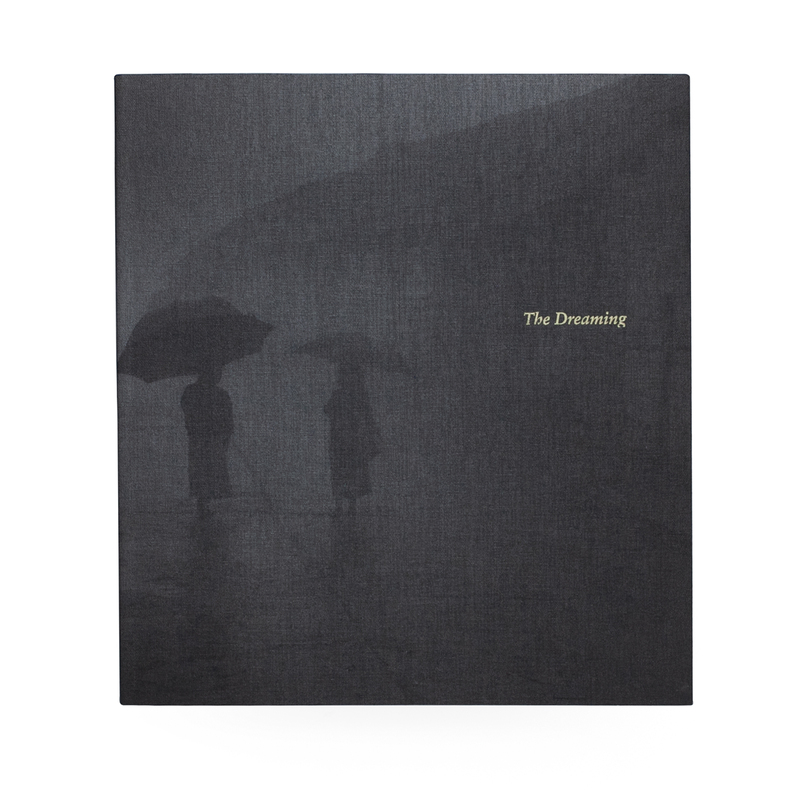
The black and white images create the world as seen from the eyes of a young adventurer overwhelmed by what he sees, who surrendered himself to the experiences and sights he was going to be met with. Ogawa’s photographs succeed in a difficult task: capturing the world as otherworldly and fascinating as it can truly be. In 2020, Ogawa Yasuhiro released The Dreaming. A book spanning 27 years and nine different countries.
I believe a lack of context is Ogawa’s sharpest tool, and it is with this that he brings you into a painterly world of familiar yet difficult to recall scenes, which is very similar to how we experience our dreams; once conscious, it is hard to recall precise details. Aside from this, the title also has clear and obvious connotations to the unconscious mind and the dream world. – Not until the 13th century was our word dream used in the sense of “a series of thoughts, images, or emotions occurring during sleep.” The word itself is considerably older. In Old English dream means “joy,” “noise,” or “music.” Yet the change in meaning did not come from the development of a more specialized sense.
The final image in the book is also very significant, as not only does it act as the closing scene, the end to the narrative, but it also creates further illusions towards a dream world. The artist’s viewpoint is high, unusually so as the top of a tree occupies the foreground, and the artist is also seemingly exposed to weather as white dashes of snow streak across parts of the frame. It is detached, hazy; as if you’re floating above the scene like an out of body experience. It creates a similar effect in much the same way a barely remembered dream does after one wakes. There is a realization that you’re was asleep, but that doesn’t make the dream seem any less real. The imagery of the train also signifies a journey, that a final destination will be reached and that there is a narrative.

My new book The Dreaming contains 86 black and white images selected from my 27 years’ career in photography and traveling. When I turned 50 last year, I decided to go through all the black & white negatives I had taken so far. Every moment of the journeys may have been vision of dreams – that’s what I thought when I tracked down my archive and such a thought gave me a hint to make this book.
Yasuhiro Ogawa
Layout –
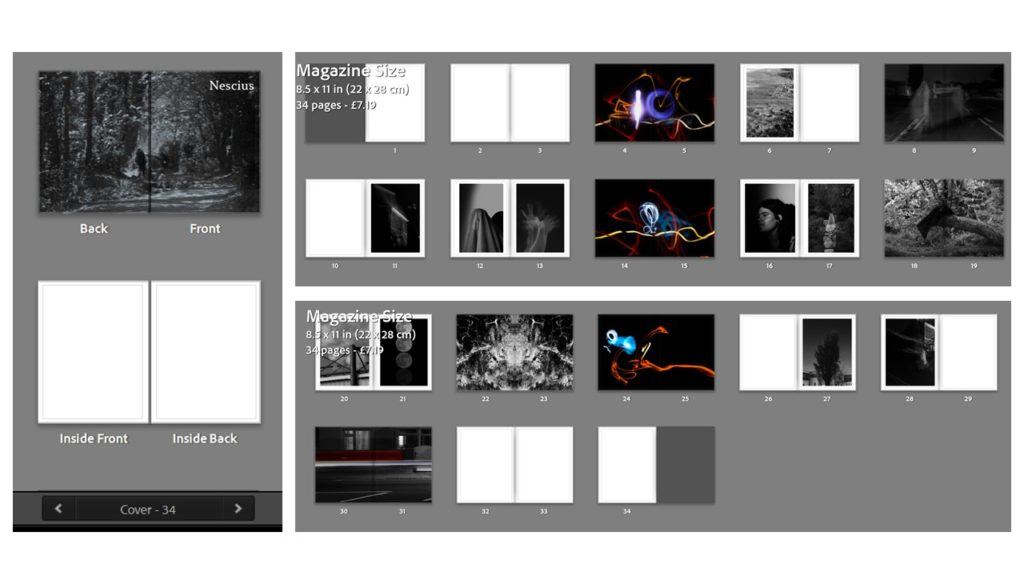
Type – Magazine Size // Style
For the layout of my magazine, I tried multiple different styles and sequences. Firstly, the initial title was going to be something more simple such as ‘Unconscious’/ ‘Vision’, however, I decided to translate ‘Unconscious’ in to Latin to get ‘Nescius’. I also decided to set the front and back covers out as fell-bleeds as it prevents any juxtapositions being created, leaving a simple but effective look. Furthermore, I decided to use this particular image as my cover as it contains two subjects, one being led by the other, surrounding by dense trees and wooded area. I also decided to keep the first three pages clear, in order to allow the transition from the cover to the main narrative to be smoother. Throughout my narrative I also used three different images from my light-painting shoot, acting as links and support for the narrative. I also wanted to experiment with some juxtaposition pages, which could be used to create confusion, similar to that of dreams created by the unconscious mind. Similarly, in order to end the narrative I used my colour splash image, as it refers back to my black and white images as well as might light-painting ones, creating a form of ending to the sequence.
Favourite Pages –



Gallery Layout –
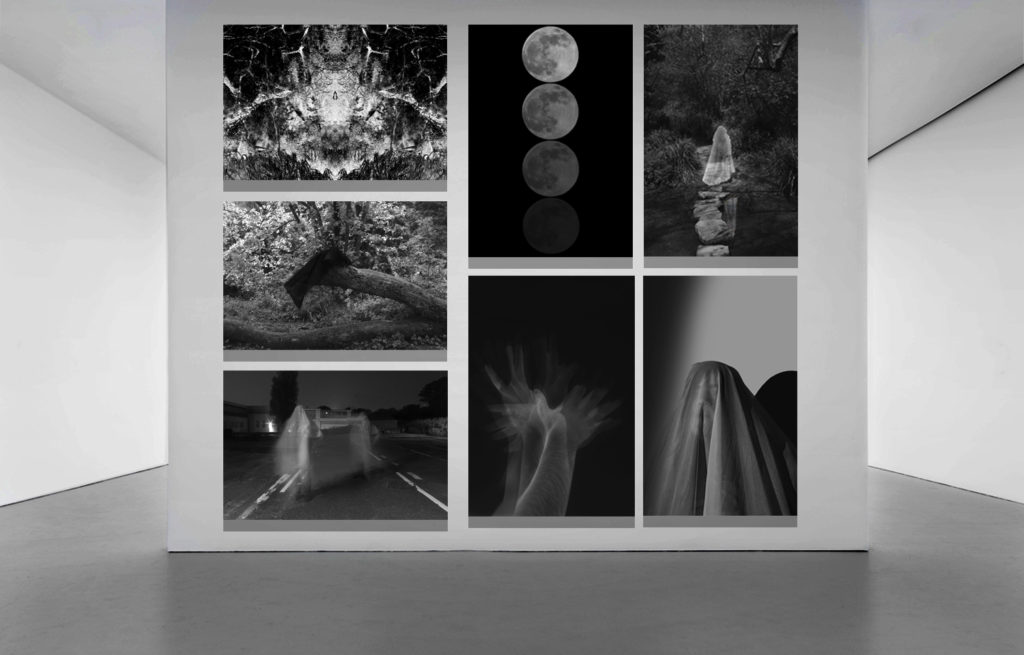
Evaluation –
Final outcomes – I think that my final outcomes (displayed above) came out very well and are all symbolic of the surrealist aesthetic in relation to the unconscious mind. Similarly, I also think the organisation, editing and selecting of my photos also went well and ultimately helped me to have the best images. My plan and statement of intent also assisted me in developing my ideas and aims.
In terms of improving this project, I think that thinking more thoroughly about my photo-shoots and my aim for them would have improved the overall outcome. Similarly, exploring different art and cultural movements such as postmodernism previous to my idea may have helped me in forming a project and setting me up for what I wished to create.
The overall theme of this project was Freedoms and Limitations, which I believe I have successfully targeted through surrealist techniques in relation to the unconscious mind. For example, the key idea linking the two would be how our unconscious selves, or our dream selves, allow us to explore our identity and sort through our thoughts, creating dreams of events that would never be able to occur in real life. Contrastingly, this is the very same point that links the theme to limitations, as it is in our mind and our mind alone, limiting us to a single reality that cannot be explored outside of the unconscious self.

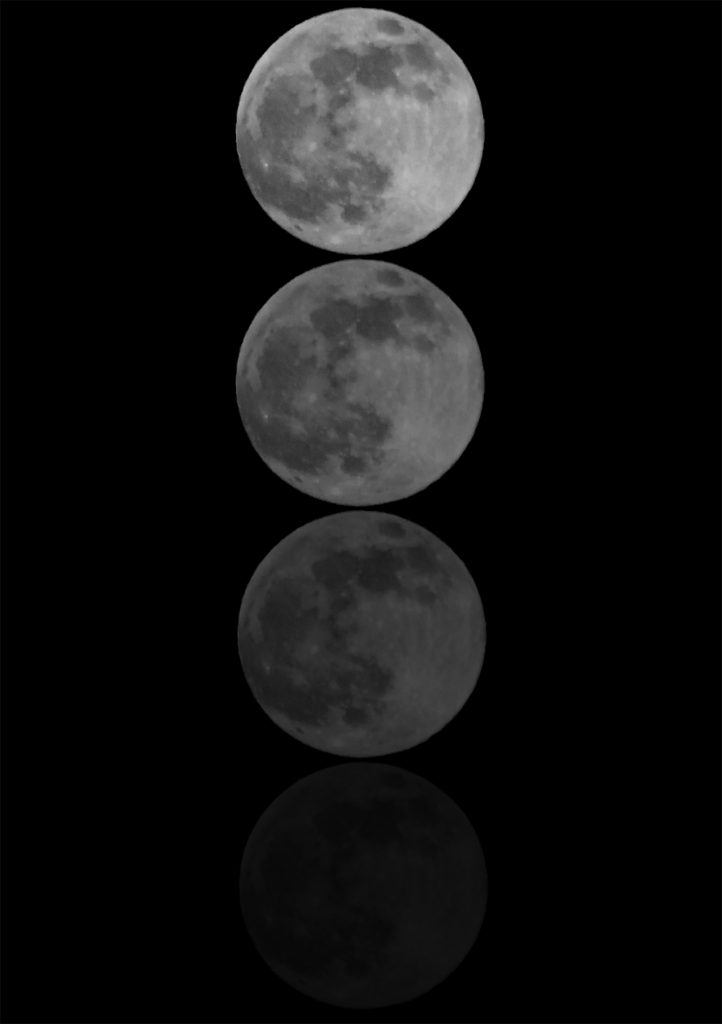
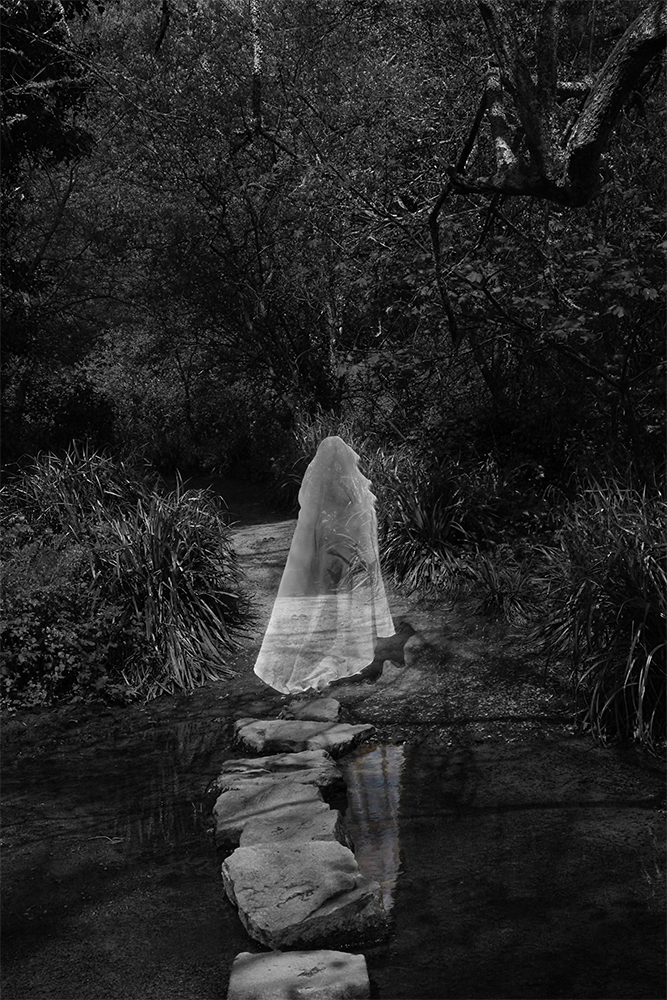
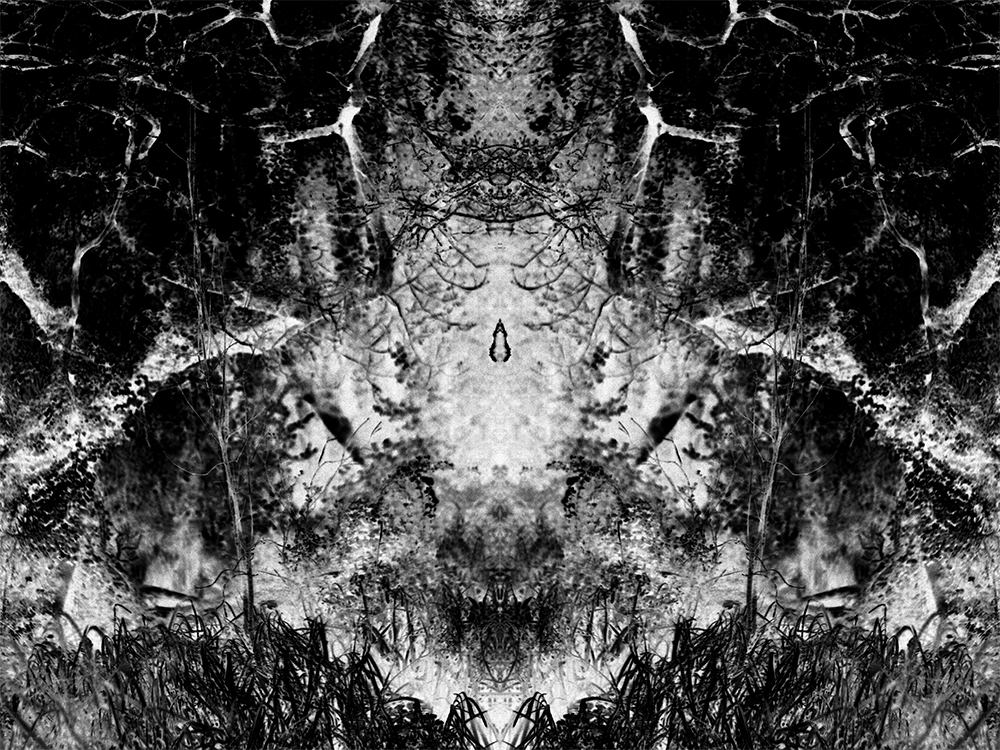
Here is the link to my photobook – Ethereal
Photo-game 1 –


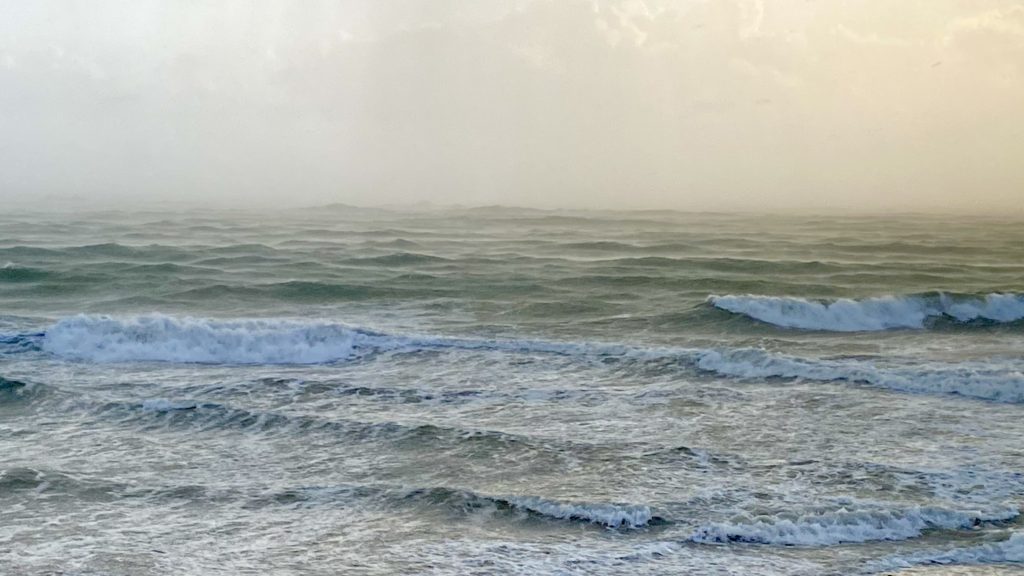
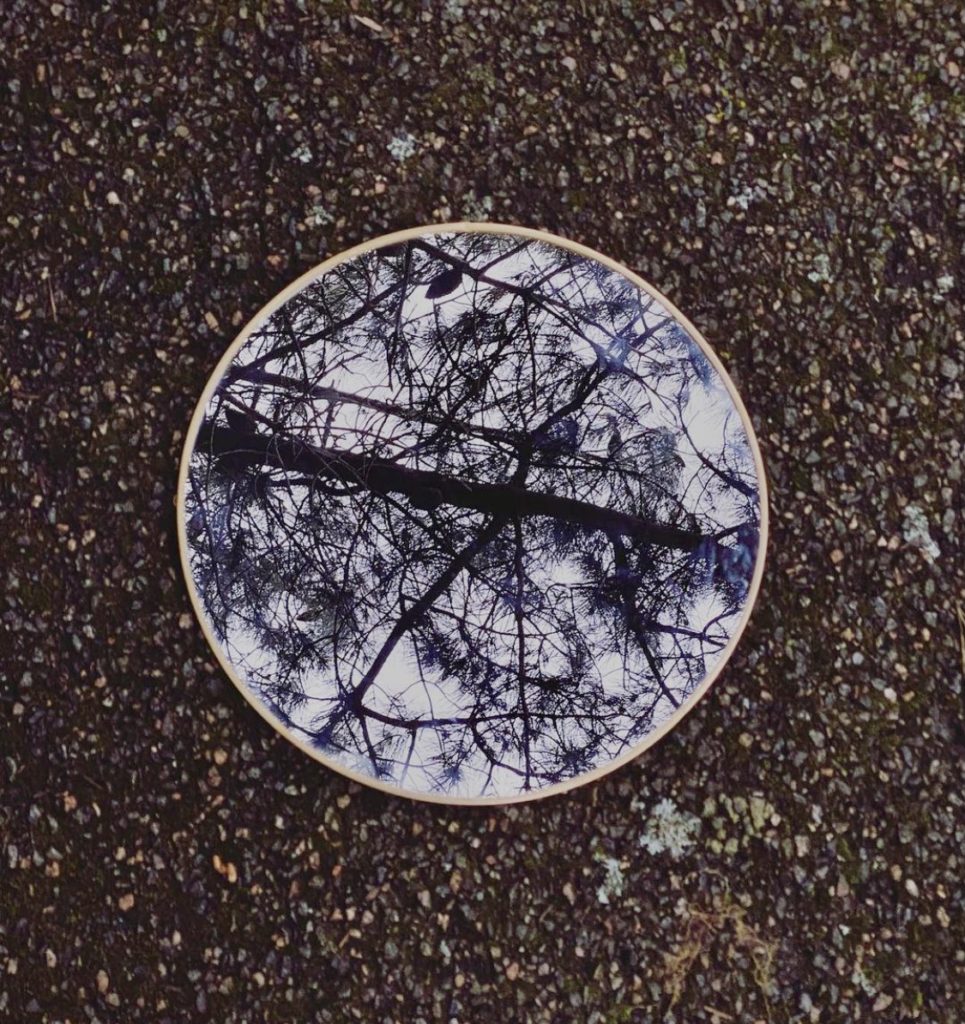
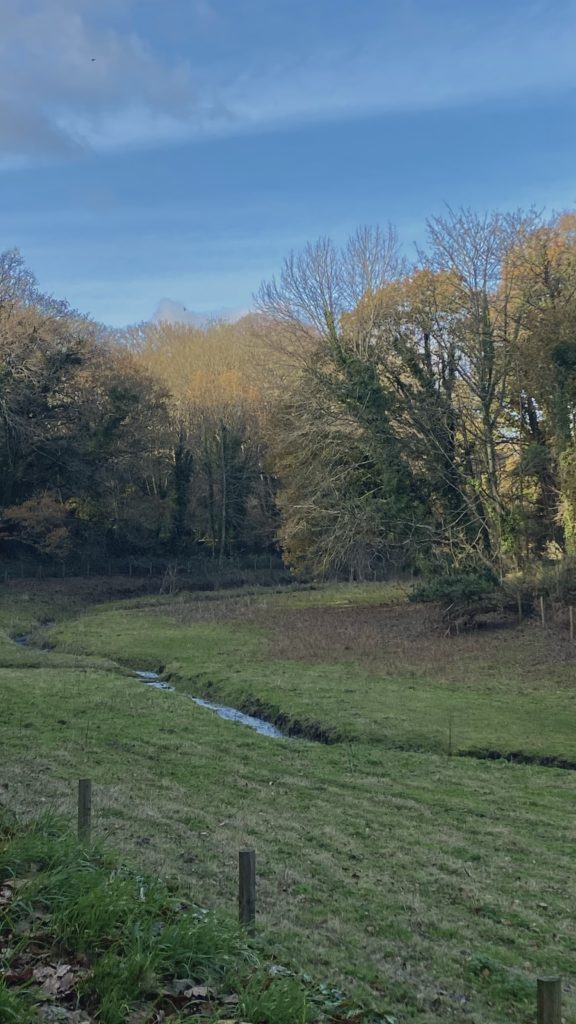
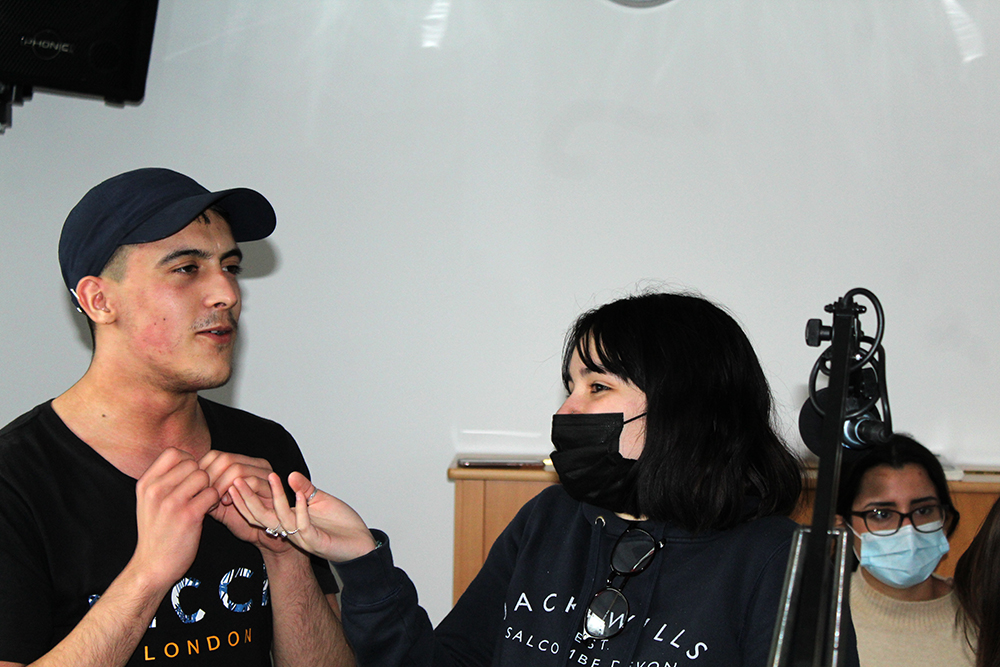

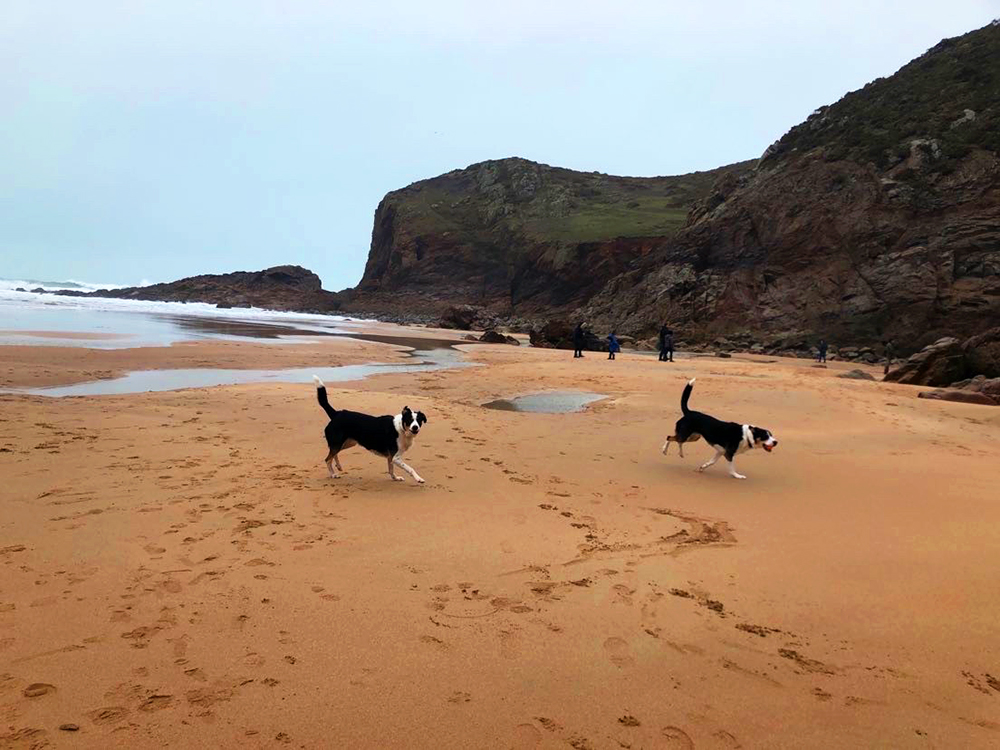
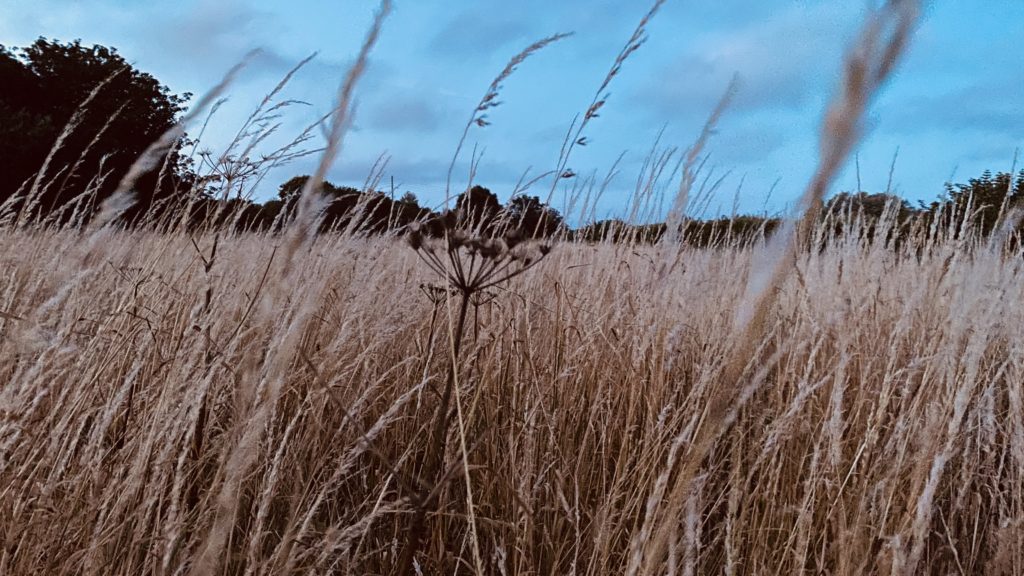
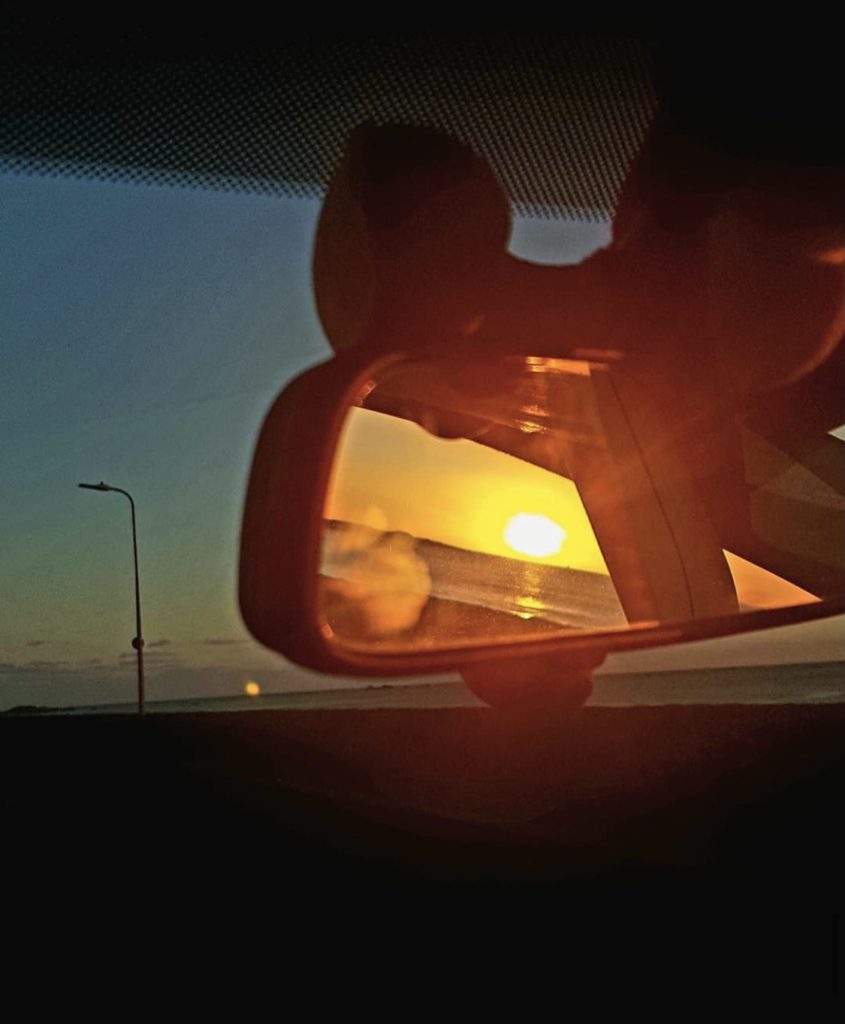
For this task, the main aim was to take one image of each theme in order to generate ideas for our exam project. Ultimately, this game did allow me to explore multiple ideas and concepts that I previously wouldn’t have thought to explore.
Photo-game 2 – Dice –
‘Boxing’ –
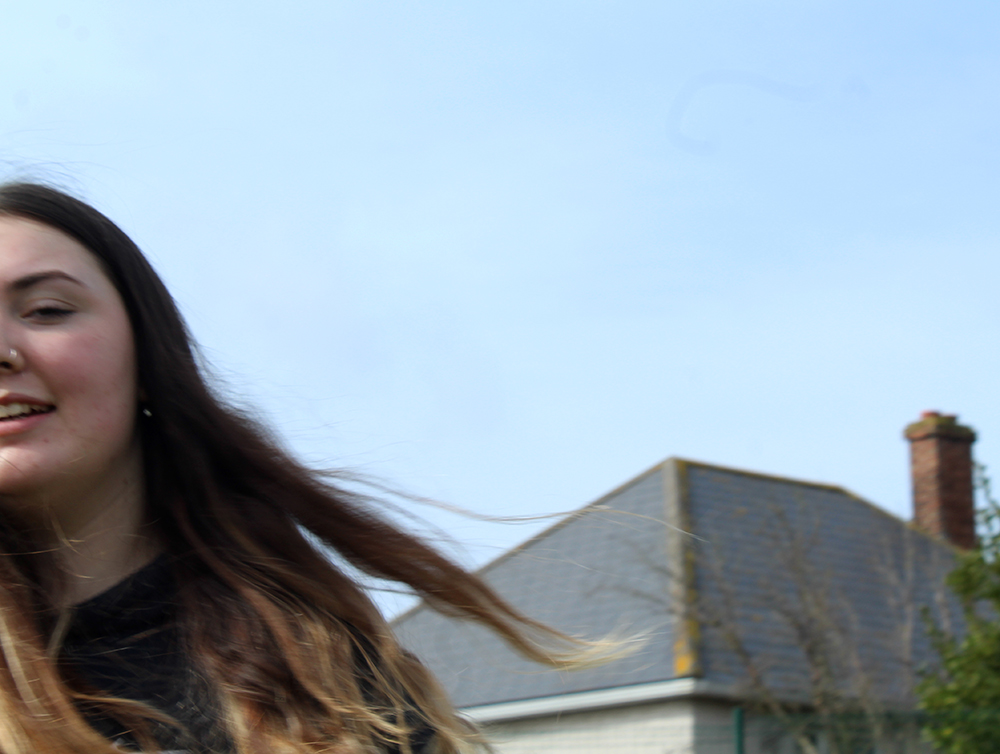
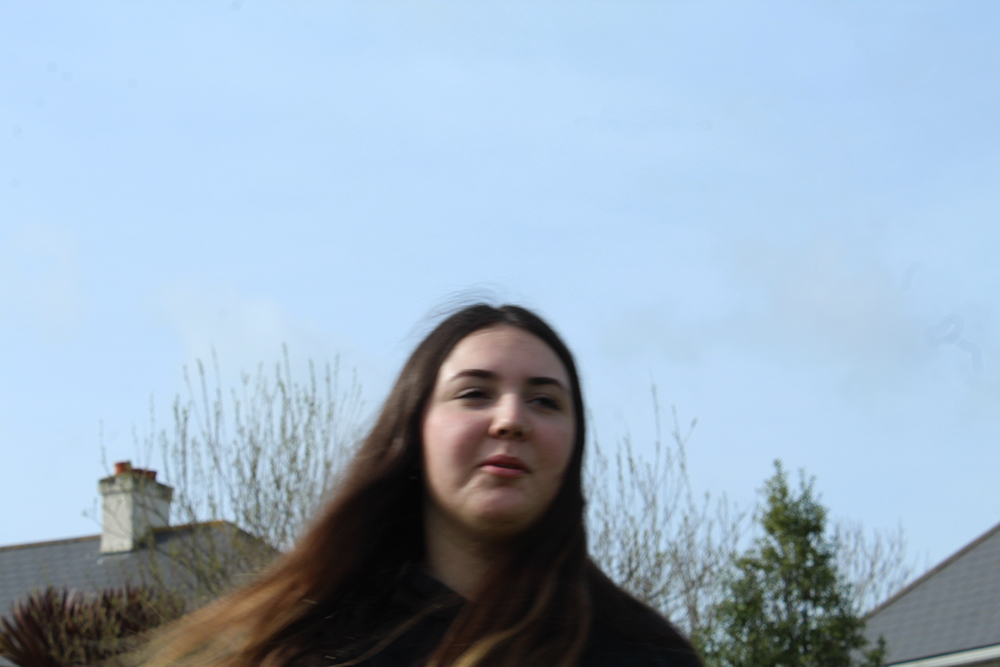

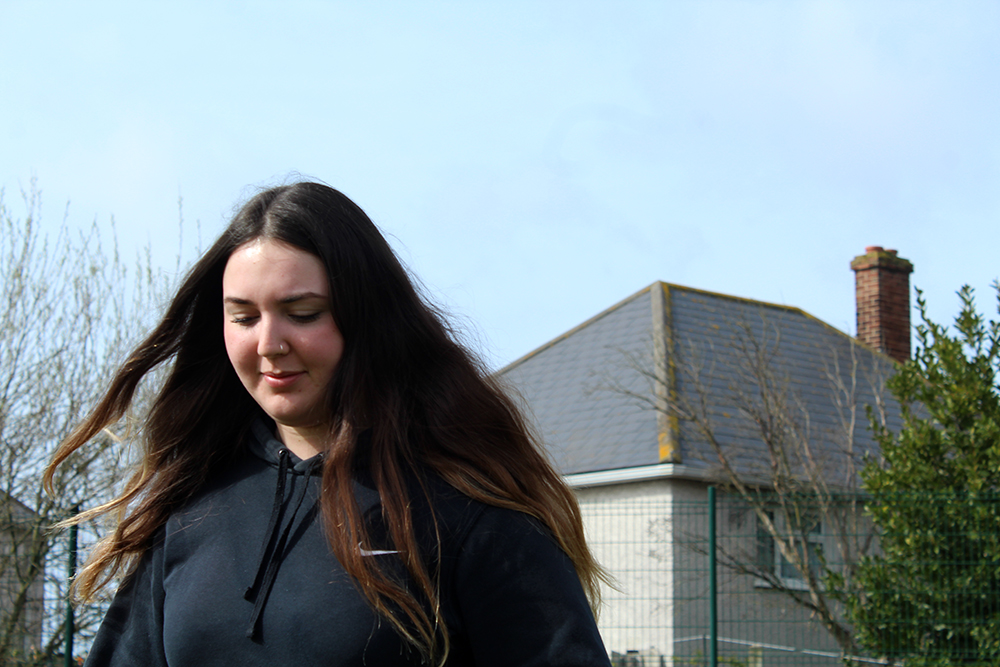

Tennis Balls –
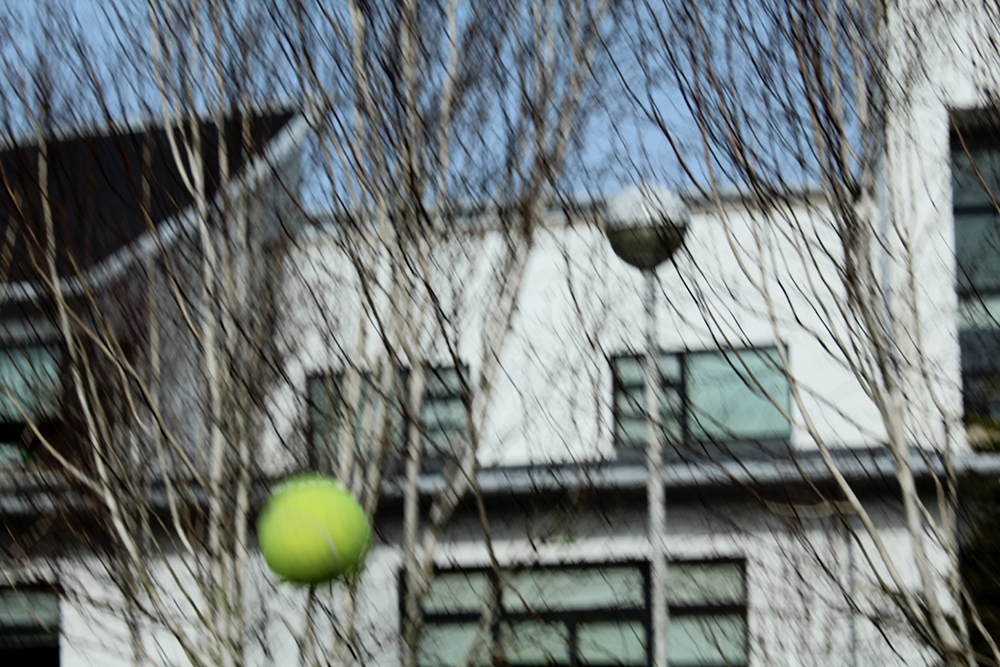

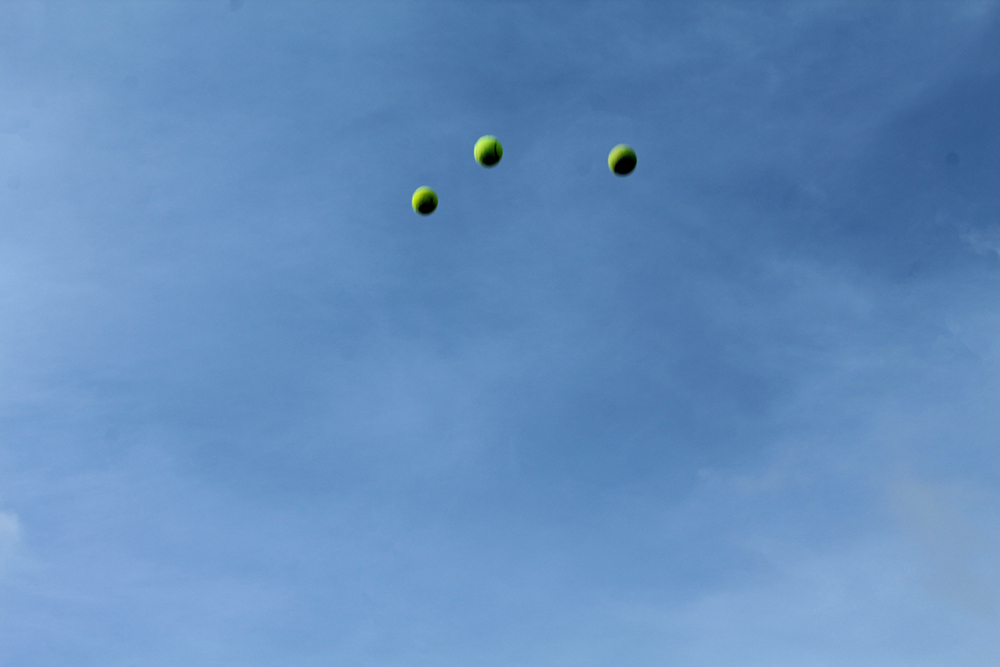
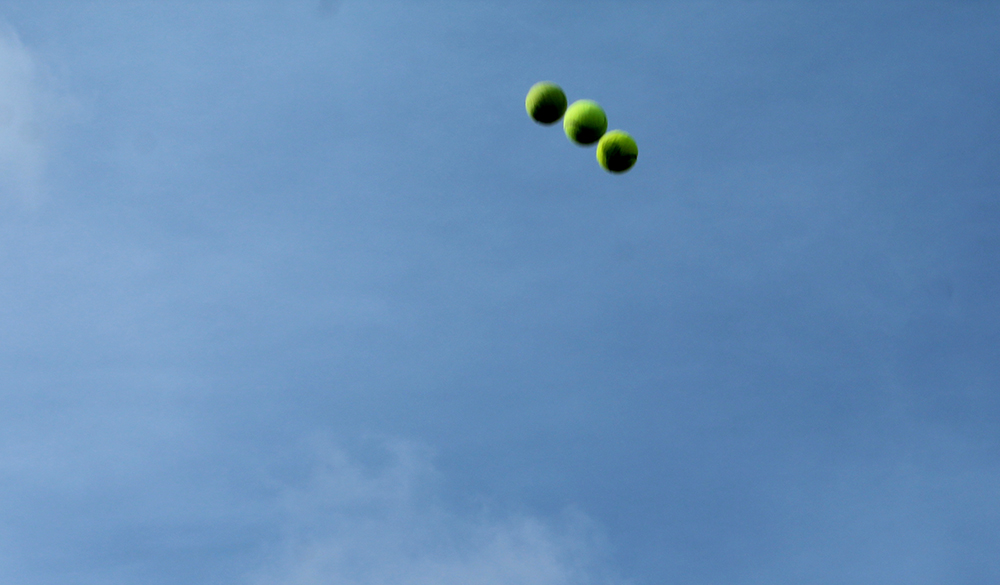

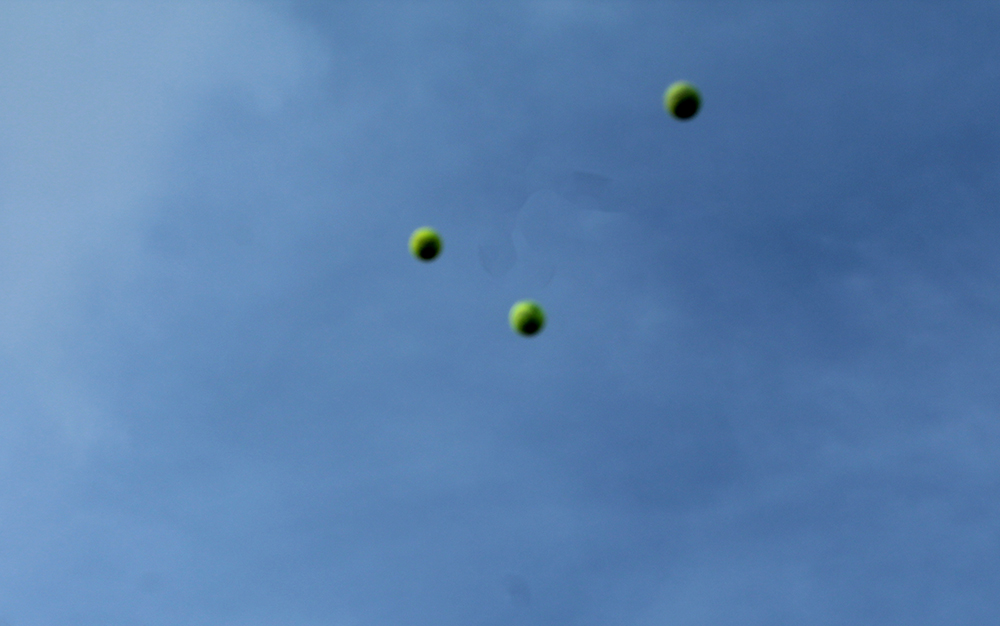





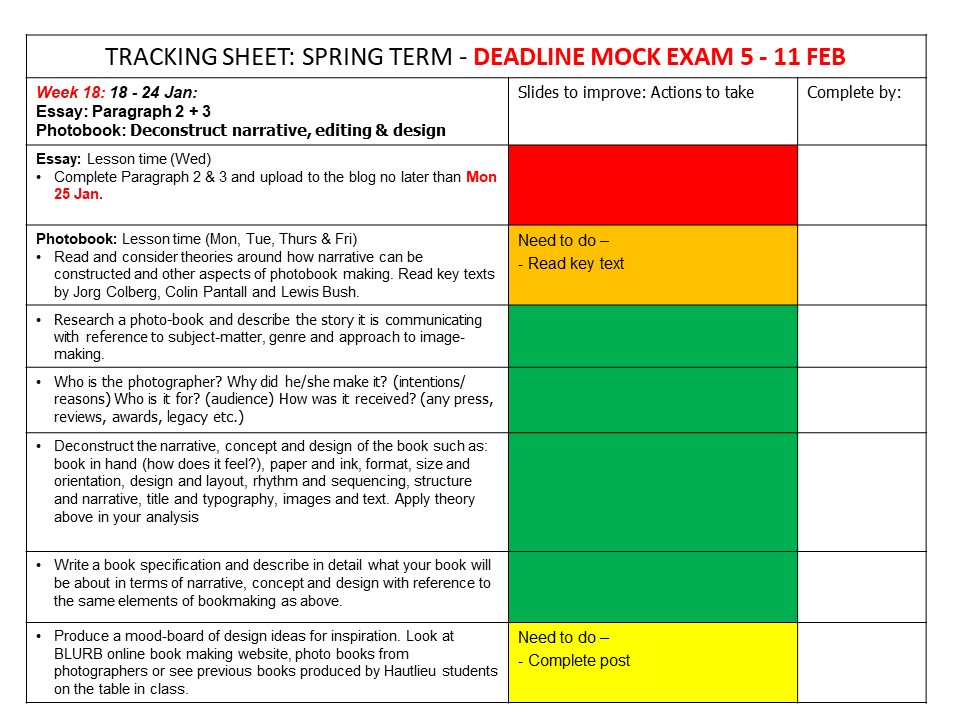
Inspirations –
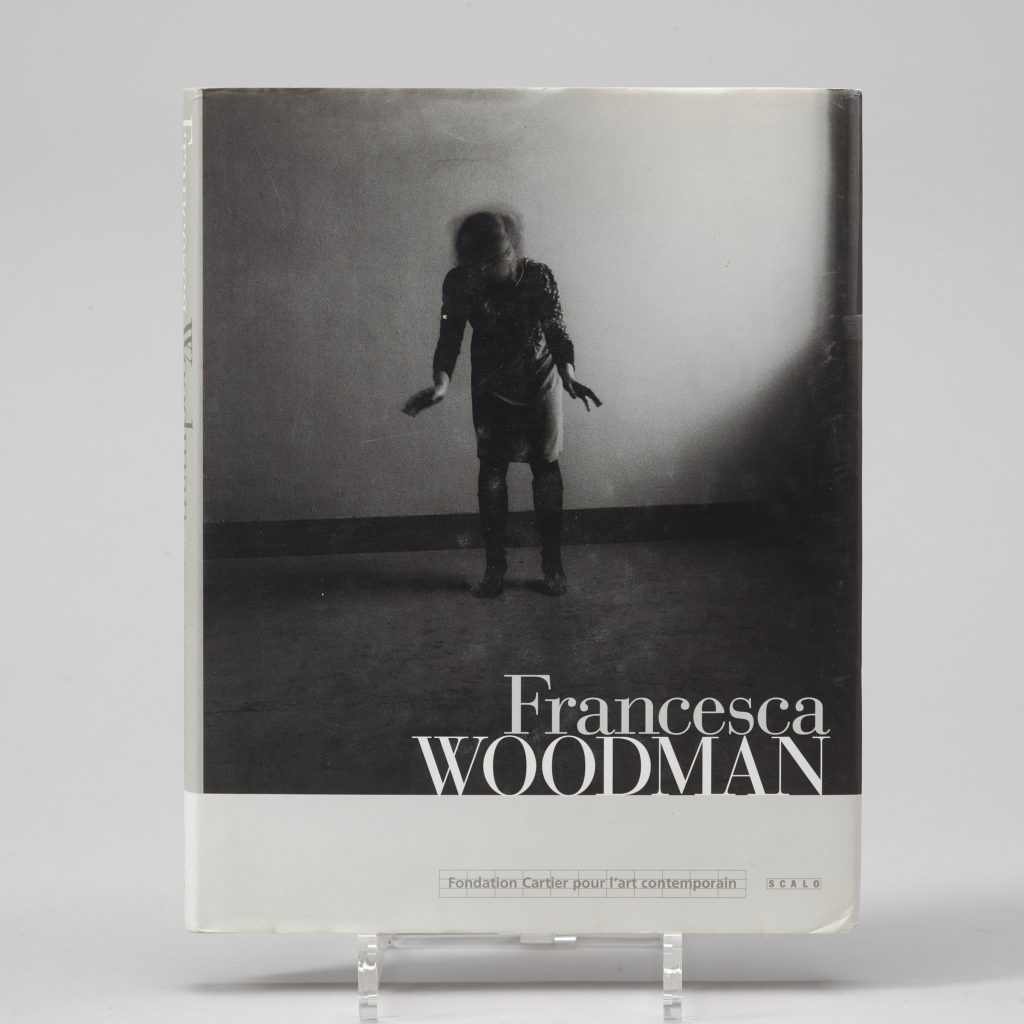

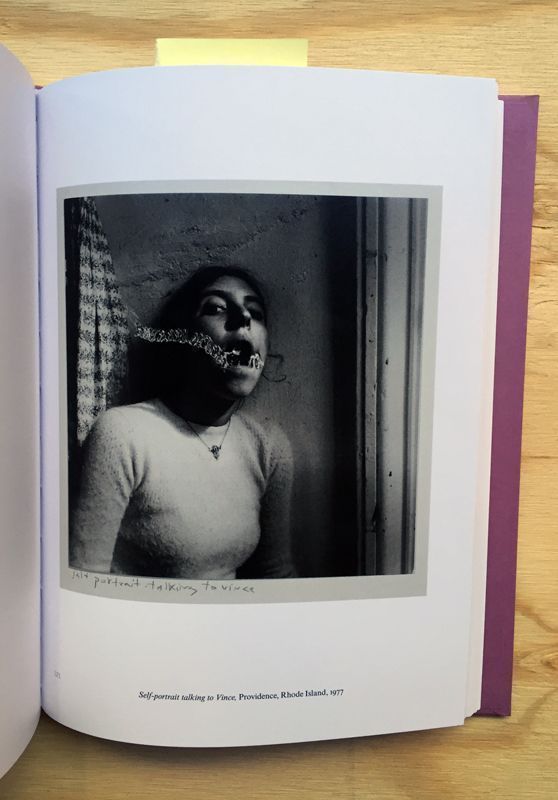
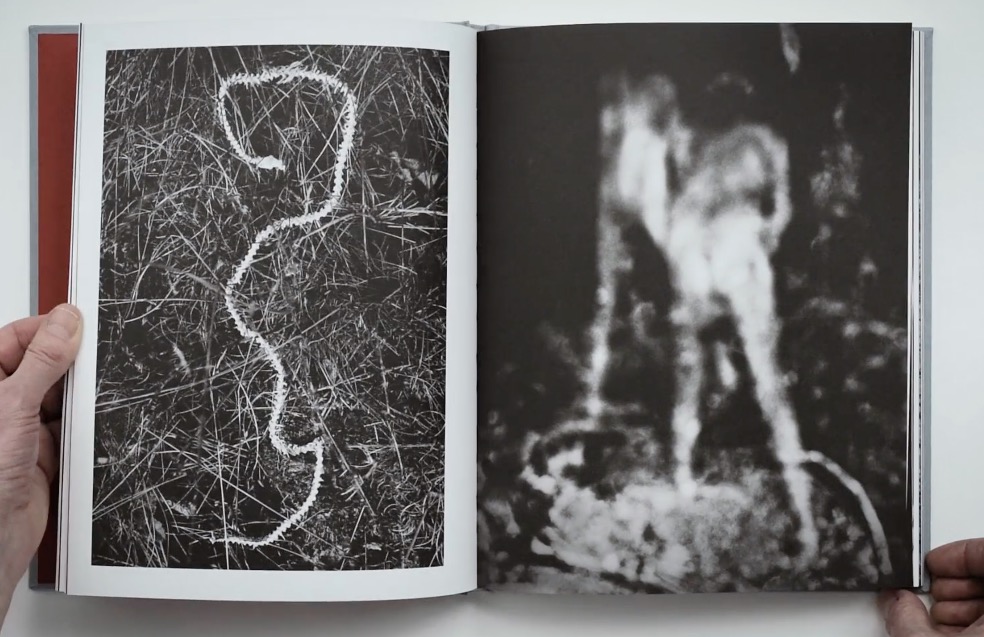
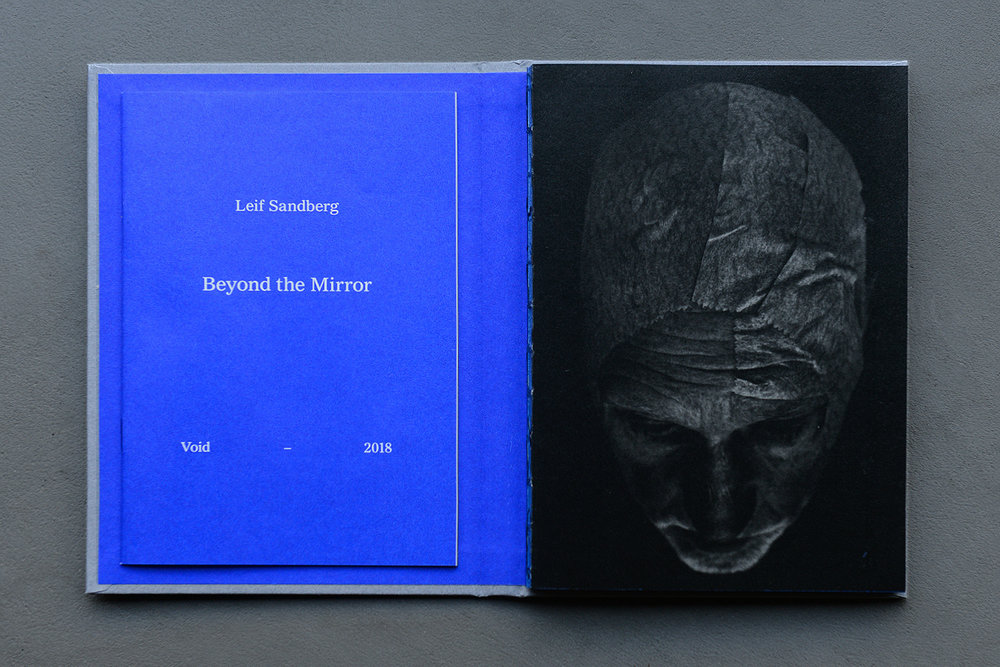
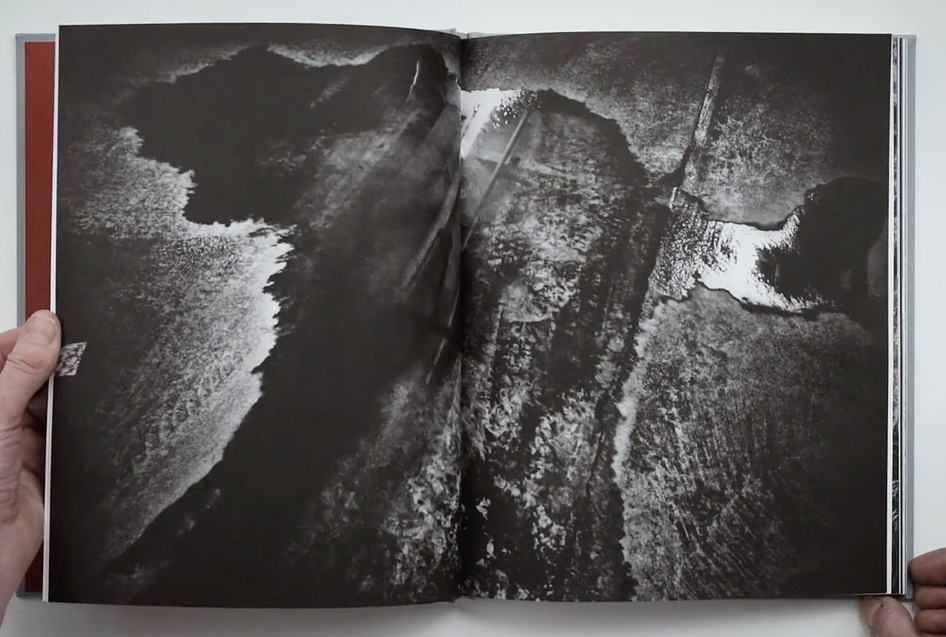
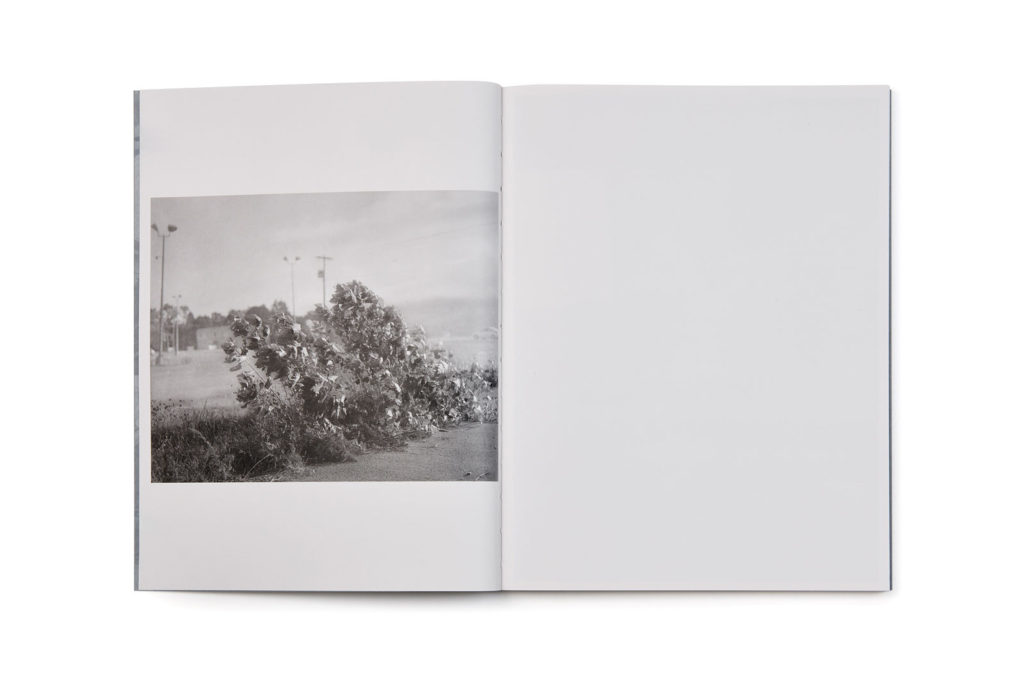

2. Produce a mood-board of design ideas for inspiration. Look at BLURB online book making website, photo books from photographers or see previous books produced by Hautlieu students on the table in class.
1. Research a photo-book and describe the story it is communicating with reference to subject-matter, genre and approach to image-making.
Initial Decoding of narrative –
Based on my first initial look of the book, there are certain connotations and conventions used by the photographer, Raymond Meeks, which suggest that he is trying to explore the identity of others, represented through the setting and how many subjects are constantly looking everywhere but the camera (candid). However, there are also features that suggest the photographer is trying to disguise any obvious identifications of his subjects, such as the use of nature and trees to hide their faces. The title of the photo-book, ‘Half story, Half Life’ also implied that many of the nature-orientated images are real, candid and not staged where as the half story title suggests that some images may be constructed and alienated from reality, such as those where the subject clearly breaks the ‘fourth wall’ and makes direct eye-contact with the camera and therefore, the audience. There is also a nostalgic aesthetic that refers to summer and times spent with friends though teenage years/ early life.





2. Who is the photographer? Why did he/she make it? (intentions/ reasons) Who is it for? (audience) How was it received? (any press, reviews, awards, legacy etc.)
Raymond Meeks – Halfstory Halflife
“This book oscillates between the collective experience of these young men and their private meditations on a future that is yet to present itself. It is, itself, a journey, a rite of passage marking the death of one phase and the birth of another – just like the butterflies, now at the end of their lifecycle. There are no conclusions in Halfstory Halflife, only transitions. “How did we get here?” “Where are we going?” So ends Meeks’ book, with a young man sat on the cliff-edge, poised for the dive yet overcome with uncertainty. We do not know what happens next, but what we do know is that he is perched at a precipice both in space and in time.”
The photo-book explores the life of American adolescents, taking a key focus on males which links into misogyny and how this contributes to the ideological foundations of stereotypical American beliefs, also represented through the nature aspect.
From an interview with lens culture, Raymond Meeks expresses how his son is very influential over how his images are places and constructed in order to form a narrative throughout his books.
“RM: It was ritual. I was raised Catholic, so these rock outcroppings to me were like altars. These bodies leaping into the dark void almost became like this sacrament. I feel like each generation has to pay for the sins of the previous generation. They were almost offering up their bodies and it’s the process of evolving by way of ritual—that process of coming of age, something that’s been going on at this specific place for as long as people can remember.”
LC: And what is that demographic?
RM: Lower middle-class. Usually both parents, and multiple siblings. But not a lot of spending money, working minimum wage jobs. About half of them go off to college. The other half do military or just work locally until they figure something out.
3. Deconstruct the narrative, concept and design of the book and apply theory above when considering:
Matte card photo paper – ‘Card cover’ – Embossed text on the cover and back of the book. I ain’t sniffing it.
Apart from the cover, the same paper is used throughout – Thick, Matte photo paper, smooth texture and pure white which allows for the Black and white (all) images to stand out.
A4 size, Portrait, though not all images take over one full page, some take up a section, some full bleeds allowing for each individual image to be the primary focus of each section/ page. 144 pages
Softcover with flaps – similar to dust jacket though it is attached to the inside of the book
144 pages
21,5 x 28 cm
78 black and white photographs
Card, light-contast. blue hue printed graphic. Embossed text on cover.
Poetic Title – Half Story, Half Life, suggest that the images or main story is so peaceful that it presents itself as a story – Intriguing.
The story is central to the lives of a group of teenage boys in America during the summer, although the subjects do change over the course of time that the book was produced in (roughly 3 years) the key ideas and themes are still present. So although the boys do not know each other they are still connected on a wider cultural light.
repeating motif – black and white, majority male, nature, abandoned man-made structures such as cards or doors.
Images tend to take up one A4 side, with a small white border surrounding it, apart from that some images take up an A5 side and cover only 1/4 of the page. There are a few ‘Bleeds’ of images whereby one covers the gutter and half of the second page and very few full-bleeds.
There are multiple juxtapositions prevalent throughout the narrative some examples being – Masculinity VS femininity, Action VS Calm and Nature VS Man-made. Although the images of the teens jumping off of the rock face does suggest masculinity and action, the use of the juxtaposition of a calmer image of leaves or trees next to it allows for a theme of tranquility to be formed.
“If you could just say I feel lost here and I am going home. For where on Earth would you find that ticket. Who would meet you when you got there. By what sign would they know you.”
Places at top of page in a small font.
Short blurb-like section on receiving end of book, many connotations and symbols of religion through language – “Altar”, “Prayer”
Inspirations –
Blank double page for the middle of the book
Black and white throughout
Borders
Size and style of font
Useful Sources –
Pictorialism VS Realism/ Straight Photography
Pictorialism
Definition – Pictorialism – International style and aesthetic movement occurring between the 1880s and 1920s. This style of photography focuses on key representations of meaning via non-literal techniques and also uses a set or narrative in order to convey these ideas – the images are mostly staged or planned. These images also use other techniques such as using Vaseline to distort the view through the lens and create a more artistic filter over the image.
Time period : 1880s-1920s. Pictorialism began between the late 1800s and early 1900s, a movement which strives for photography to be recognized as an art by creating images that resemble the same codes and conventions of paintings. Pictorialism was highly against techniques and processes relating to industrialization and mechanization or technology that removed a lot of human impact or manipulation in the final product, which is why photography was not considered an art for so long.
Key characteristics/ conventions :
Artists associated:
Key works:




Methods/ techniques/ processes:
REALISM / STRAIGHT PHOTOGRAPHY
Realism
Definition – Realism – Closely related to straight photography and a style of documentary photography, Realism is an aesthetic that focuses on capturing life-in-real-time, meaning the images aren’t staged or falsified and are used to represent life. However, as this ‘life’ or representation of A ‘life’ may not be accurate for everyone this style of photography is very subjective and relies upon individual thoughts and experience of views for the photographer to accurately convey their initial ideas, suggesting that only those with similar backgrounds such as a socio-economic position may be able to relate to the image.
Time Period: 1830s/40s, it allowed people to capture nature and life in real time.
Key characteristics/ conventions :
Artists associated:
Key works:




Methods/ techniques/ processes:
Modernism
Time period: Can be traced back to the enlightenment period, in the 17/1800th century, when there was an increase in different sciences, technology and religion, which was on the ‘decline’ or not as evidently prevalent in as many lives. Increased activity in all areas of life that influenced modernism. 1860s-1960s
Key characteristics/ conventions :
Artists/ Isms associated:
Avant-garde art movements: Fauvism, Primitivism, Expressionism, Cubism, Futurism, Dadaism, Suprematism, Constructivism, Neo-Plasticism, Surrealism, Spatialism, Abstract Expressionism, Social Realism, Straight Photography, Formalism
Key works:



.jpg)
Methods/ techniques/ processes:
Group F.64 –
Founded in the 1930s, Group f.64 was a group of eleven photographers, including Ansel Adams, Imogen Cunningham and Edward Weston, who were united by their desire to photograph life as it really is. Characterised by a clear, sharp-focus aesthetic, their style was at odds with the romantic methods of manipulating images during or after printing, fashionable at the time. Instead they focused on accurately exposed images of natural forms and found objects.
POST-MODERNISM
Time period: Arose during the second half of the 20th century, it builds of the aims and conceptual ideas that emerged during and from the modernism movement. Common styles or aesthetics of this genre of photography include – surrealism and expressionism.
Post-Modernism – A way of viewing the world. Relating to ideas such as Re-Imagining, Pastiche, Parody, Copy and Bricolage. Fragmentation of identity via the alienation of society or even themselves.
Key characteristics/ conventions:
Artists associated:
Key works:




Methods/ techniques/ processes:
Statement Of Intent –
Write a statement of intent that clearly contexualises how you wish to develop your project further, including theme(s), subject-matter, artists and final outcome you aim to make; photobook or film.
The main aim of my personal investigation is to explore and represent different mental health issues that many people who struggle from them find hard to articulate or represent visually. Although I am to research and explore multiple mental health issues, I will mainly focus on anxiety and depression as these are two that have impacted me and many people I know. In order to express these ideas and representations, I am going to use a mix of documentary landscape photography as well as conceptual portraiture photography as I feel that these two different styles will complement and also juxtapose one another, creating a form of distortion and confusion to the narrative of my book, simulating a similar effect to that of these two mental health disorders. As well as this, I am also going to research some different literacy texts such as different poems to include as little monologues to go along side some images throughout the book, prompting and also describing the narrative.
Another theme that I wish to explore in this project is the juxtaposition between moods that these mental health issues can create. As some days may be exactly the same and some days may be durastically different, it is almost impossible to interpret how each one will effect the individual. – Some days are good and some days are bad. I believe that this is an important factor to represent as it shows how significant these small, yet happy moments or days are to a person who is struggling.
In terms of more technical plans, I am going to use my Canon camera for the majority of photoshoots as well as a tripod as this will allow for clear and concise images to be taken, though in order to incorporate multiple perspectives I will use different lenses and angles. My shoots will be taken in many different locations, with more subject-specific ones being centred in a studio like setting in order to enhance shadows, lighting and expression. In terms of medium, my final product will take the form of a photo-book as I feel this will allow viewers to have a more personal relation to/with the images and ideas, though I think that I might make a short-film of some of the key stills or extra images I take.
In relation to love and rebellion –
Mental Health problems such as anxiety and depression, can be explored in terms of love and rebellion due to the internal conflicts that one may struggle with. Although they are surrounded by those who care about them (love) they themselves cannot see this (rebellion).